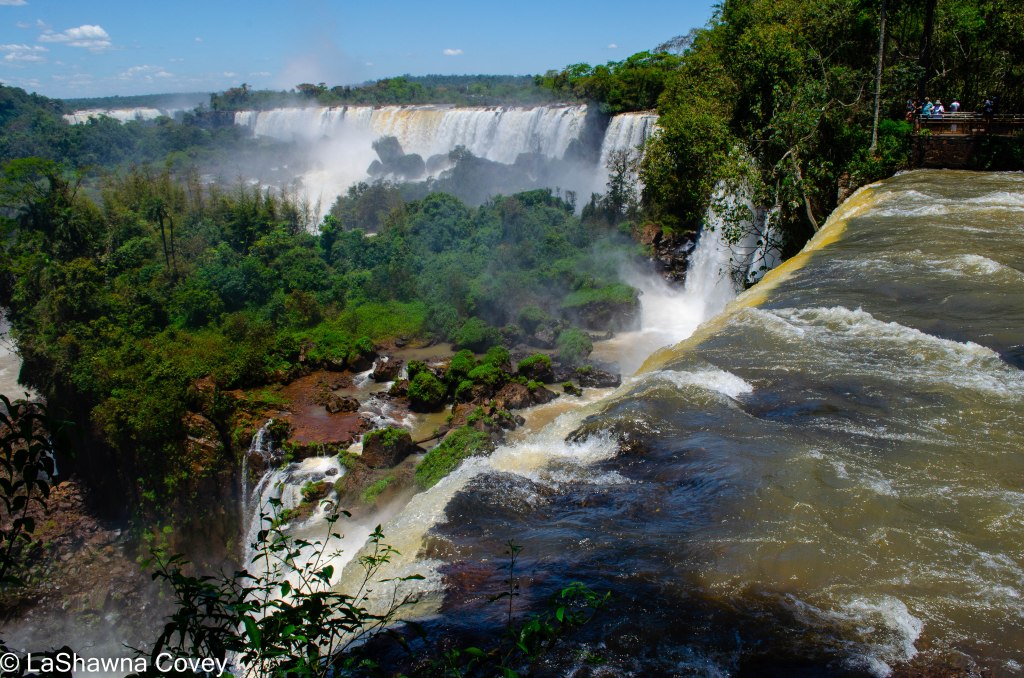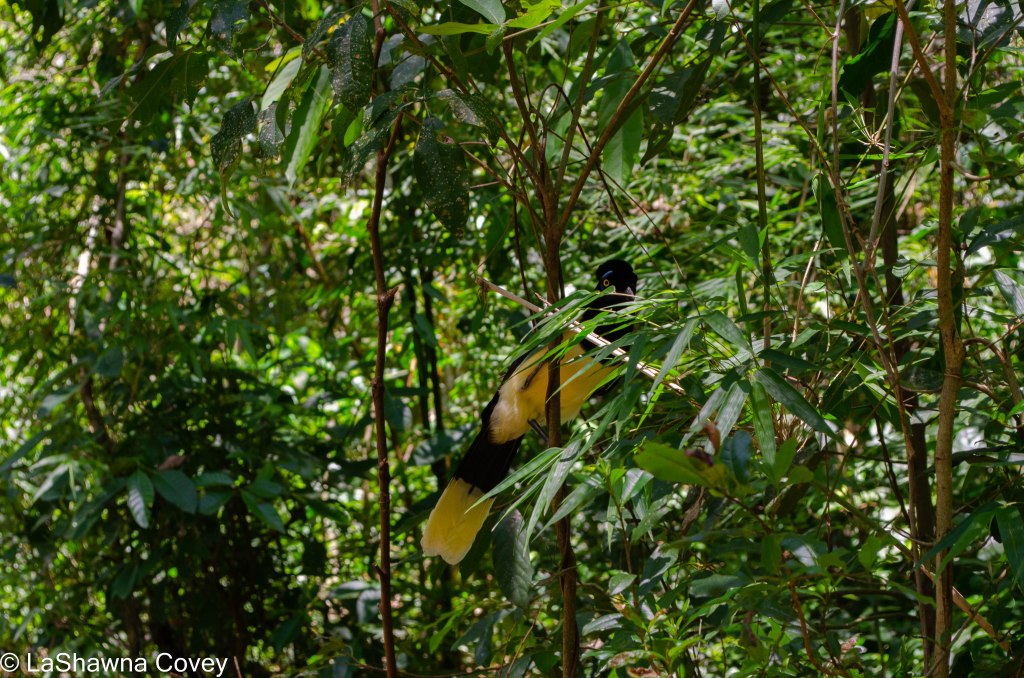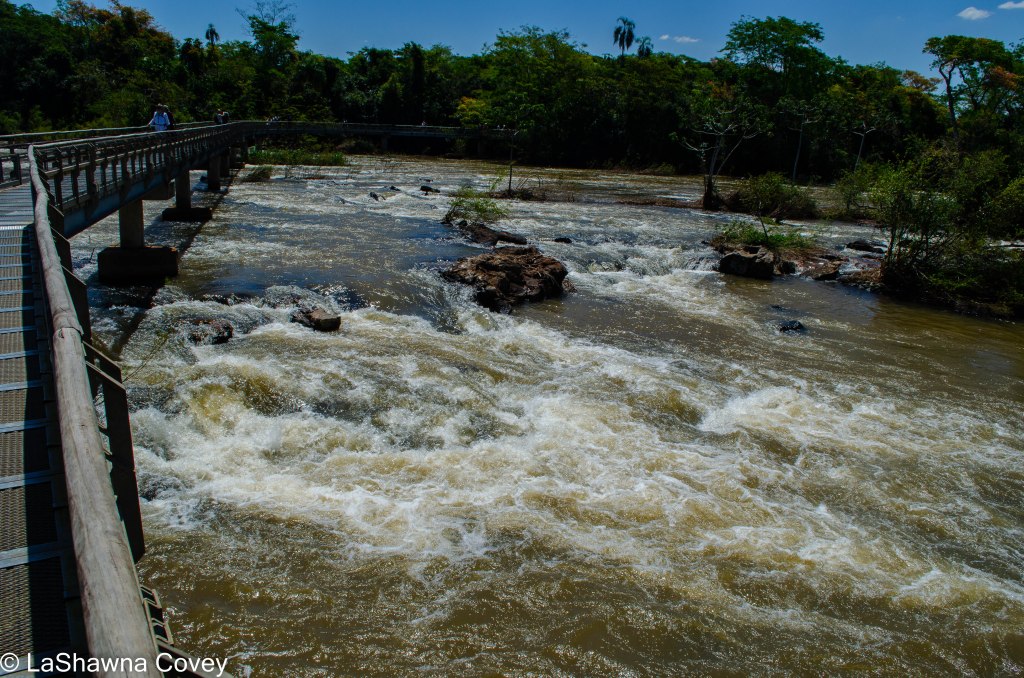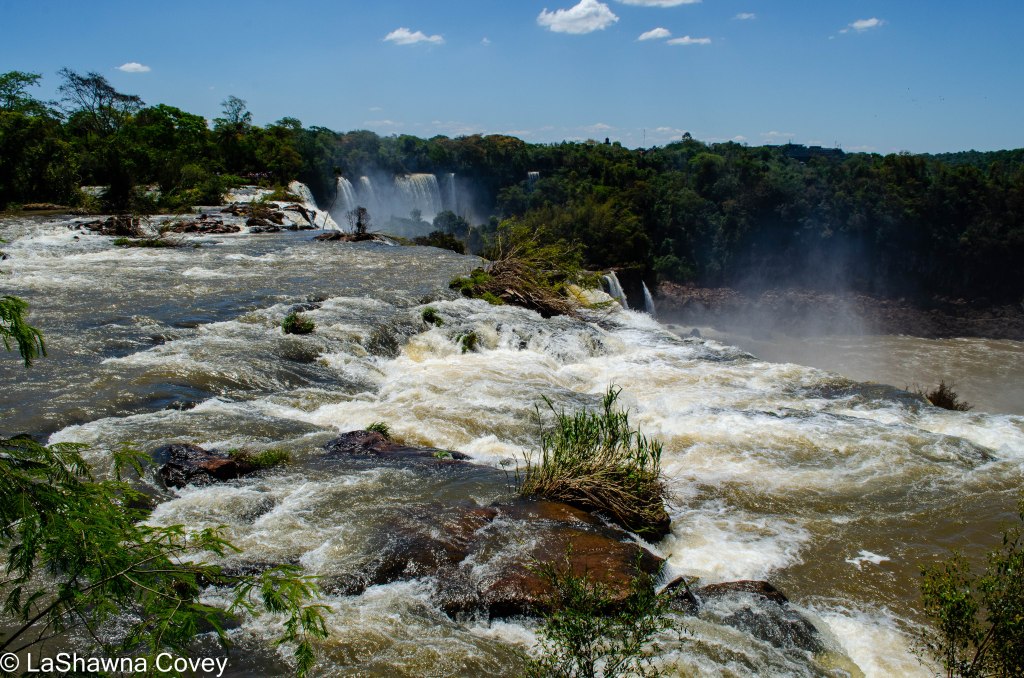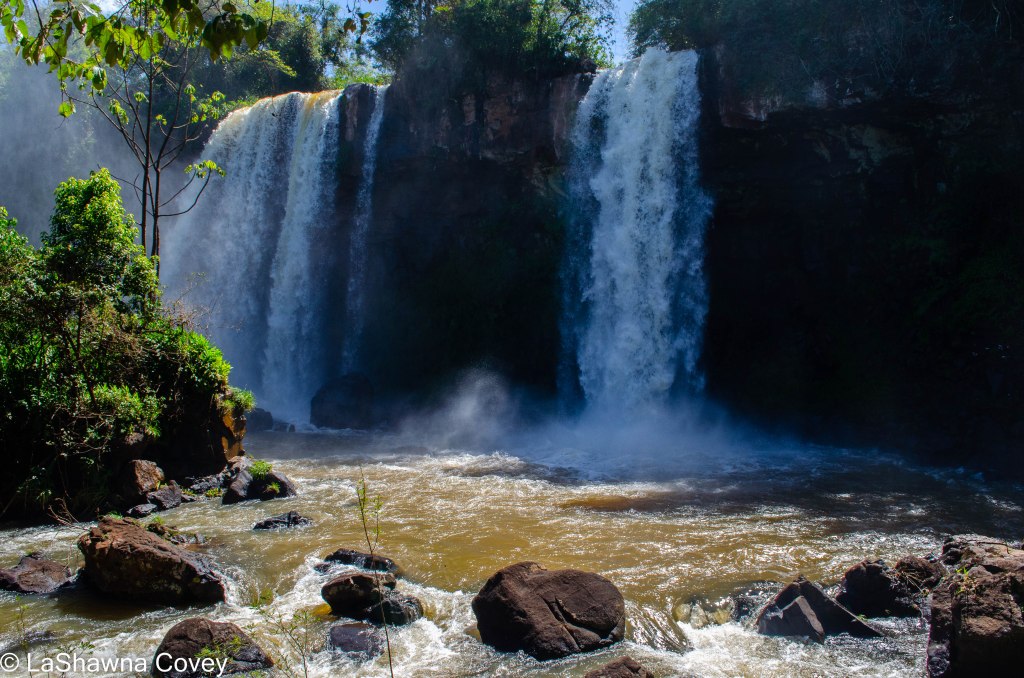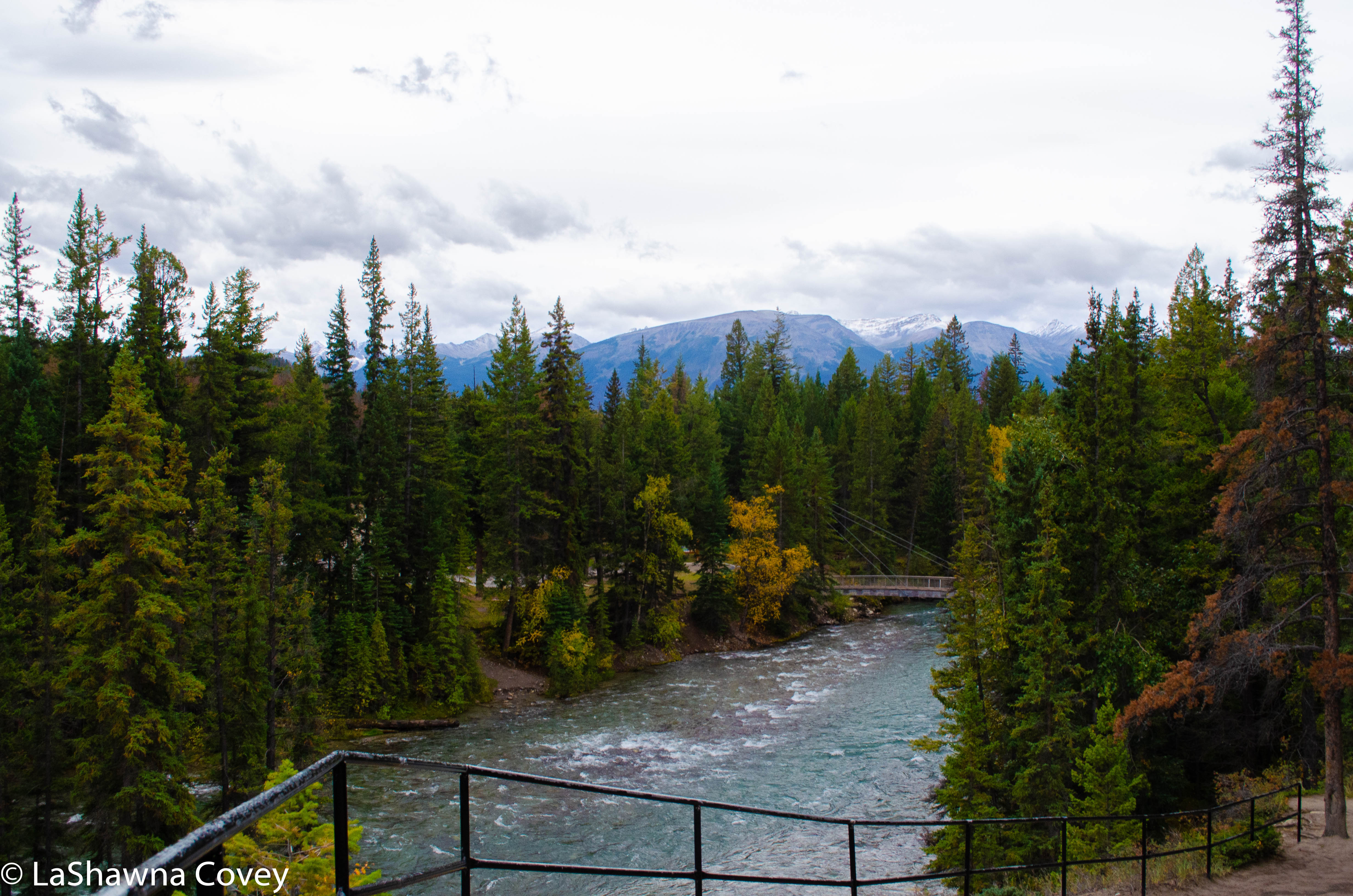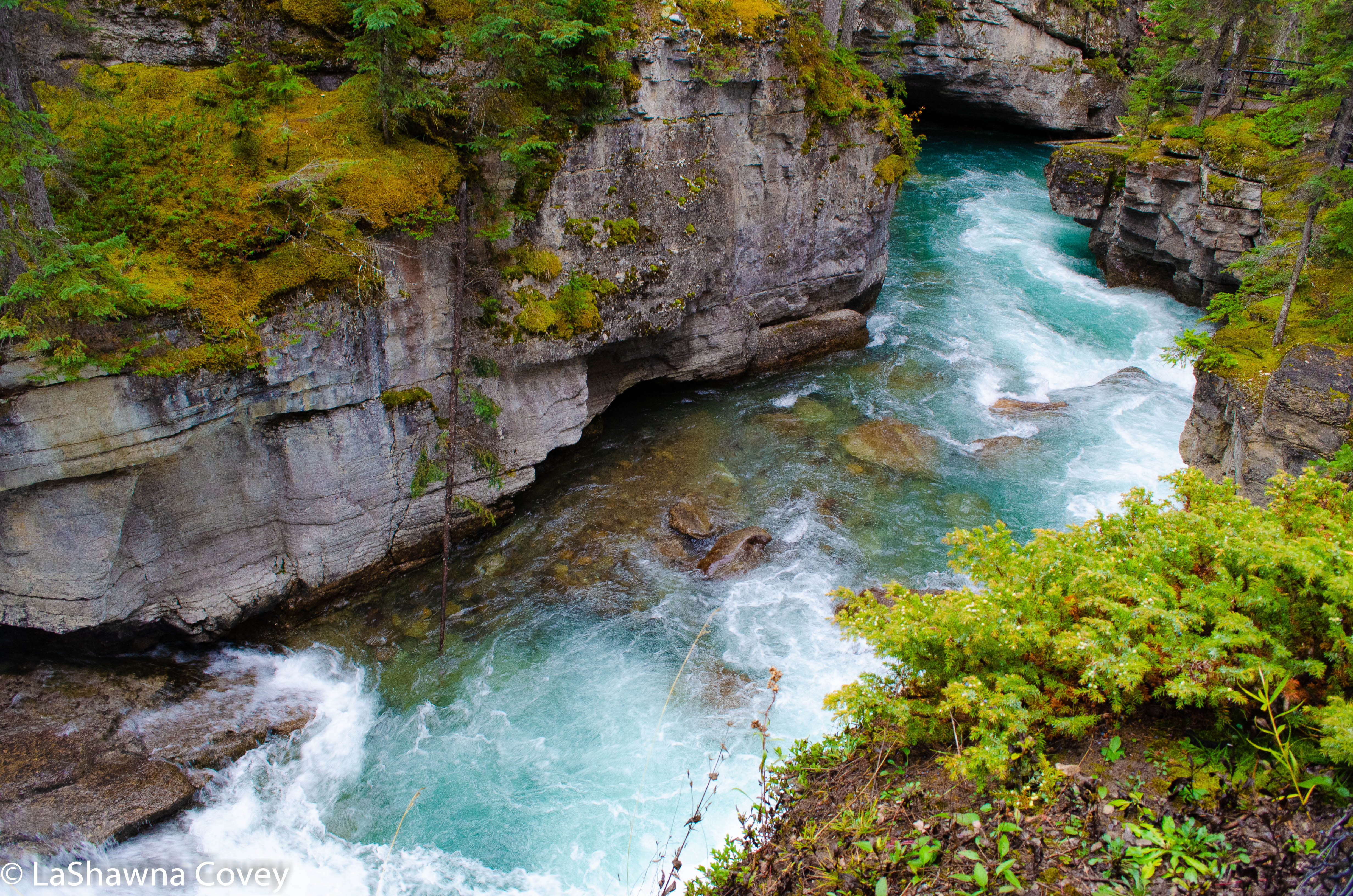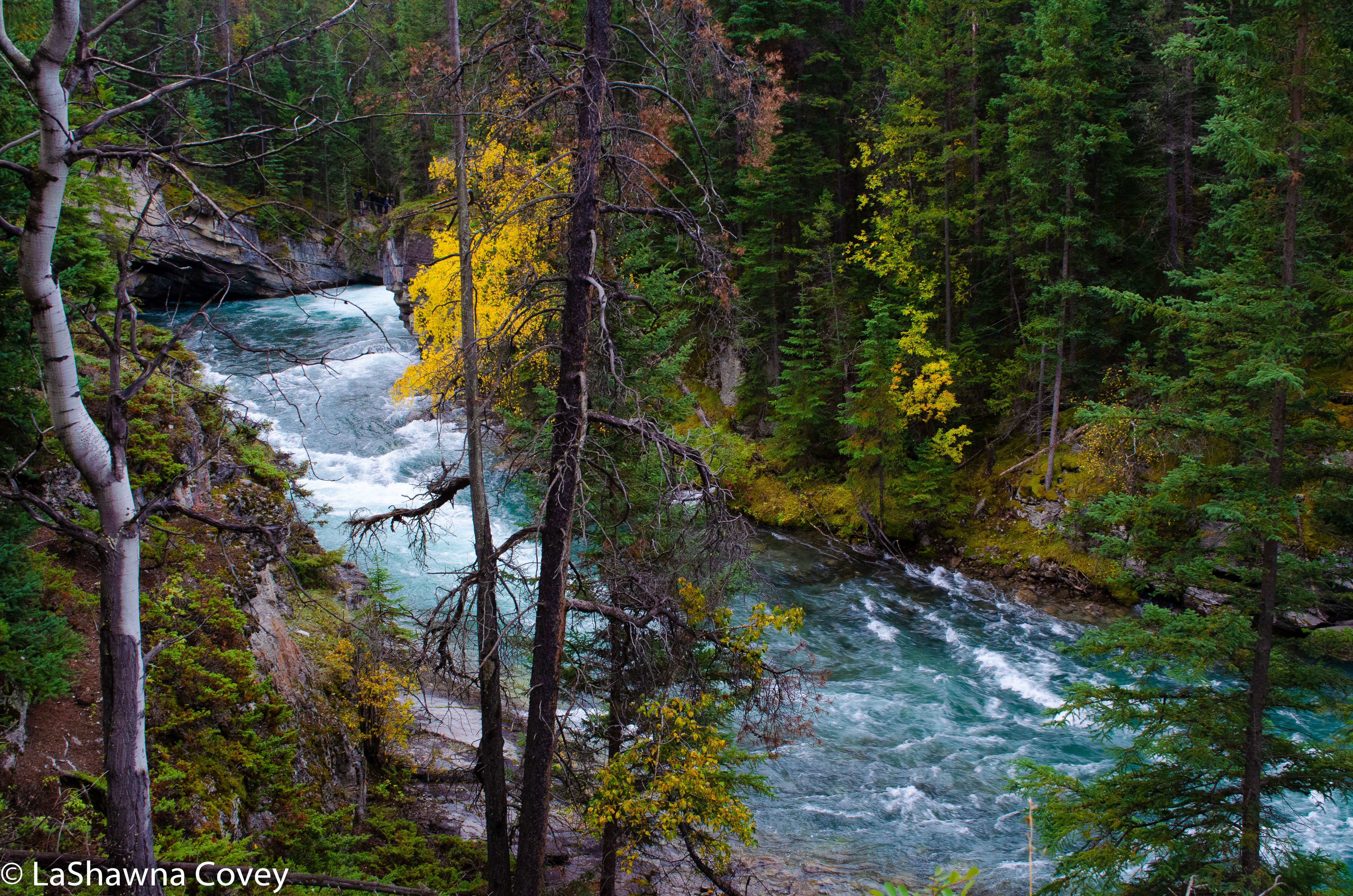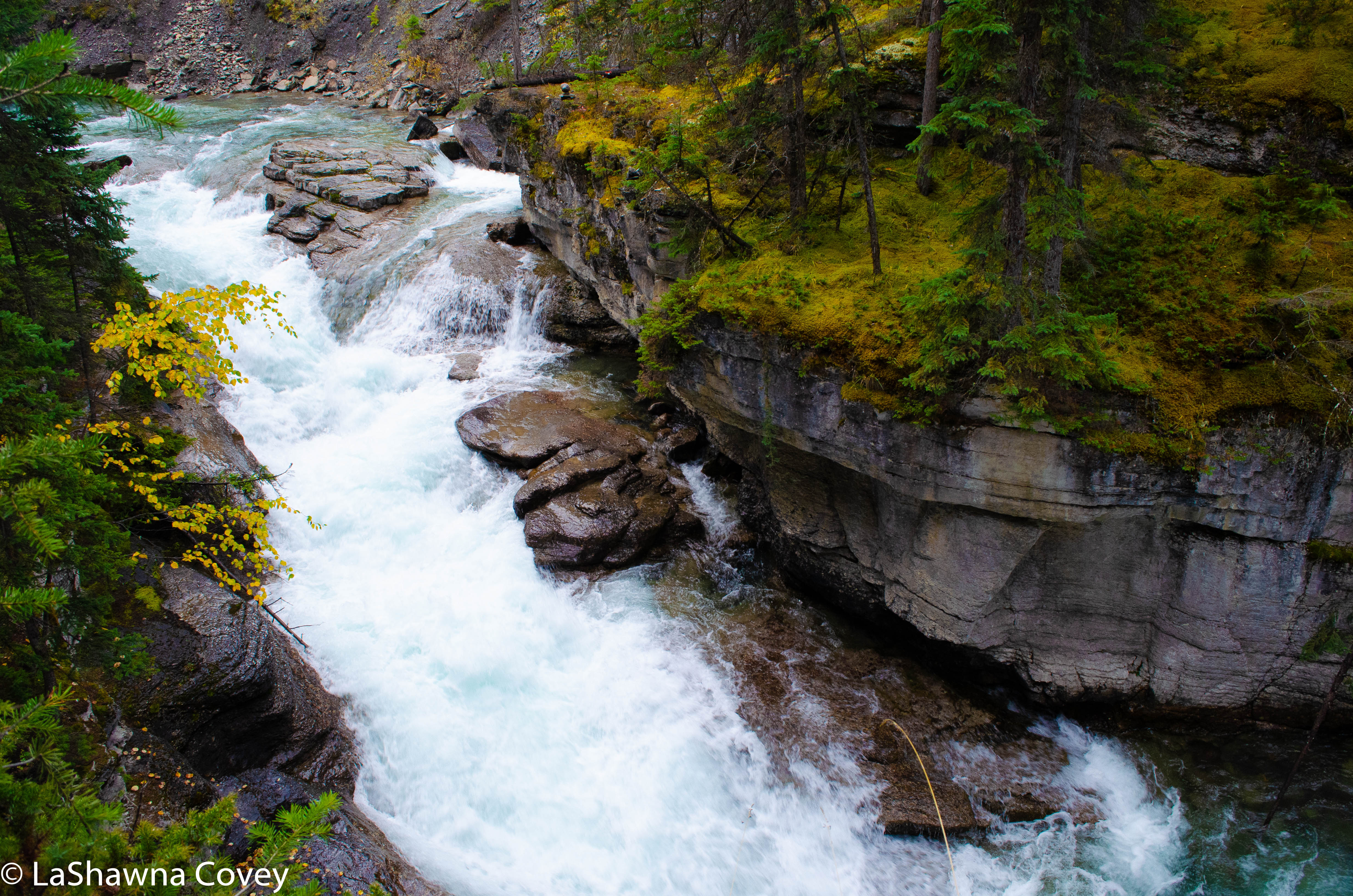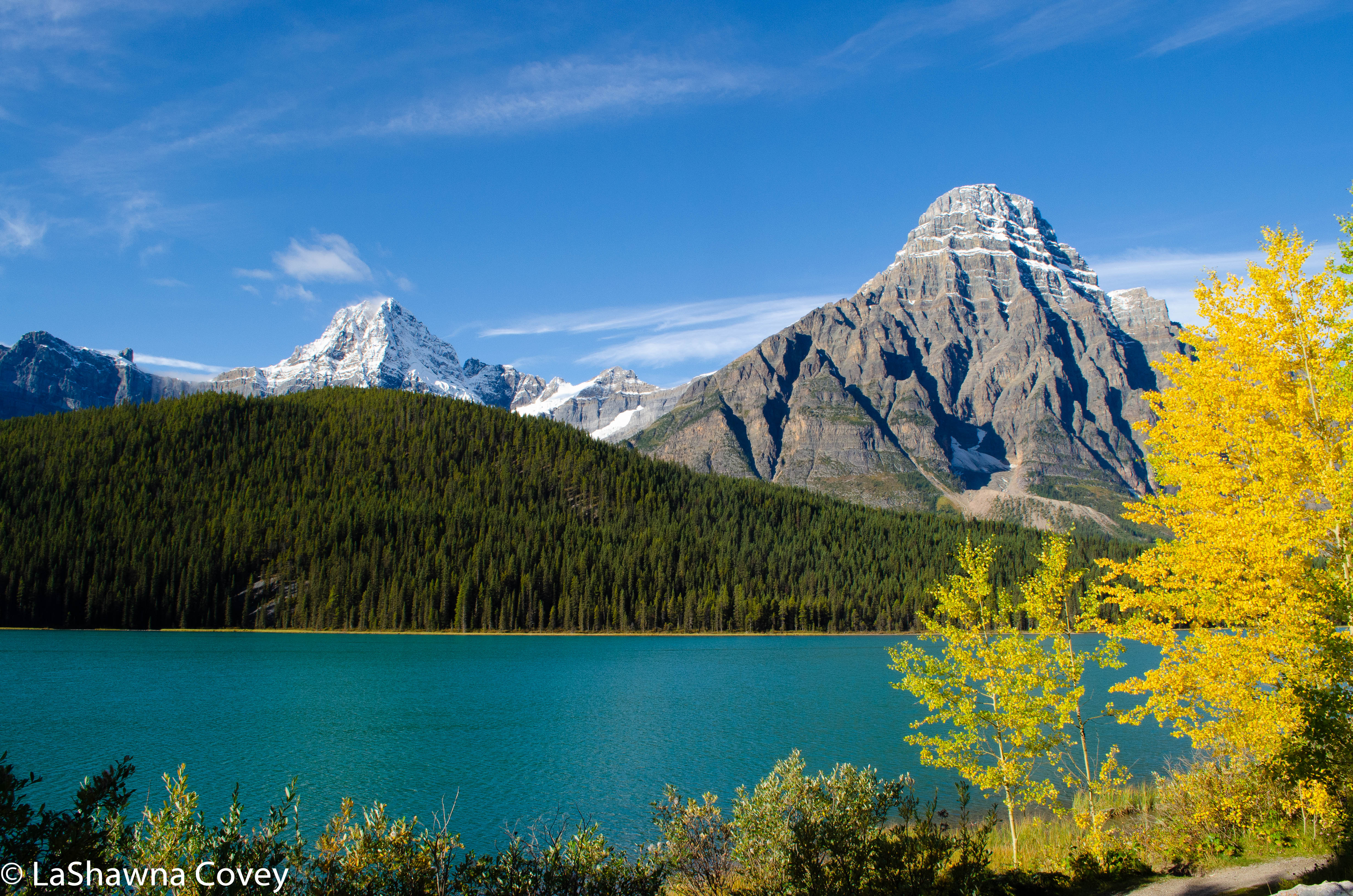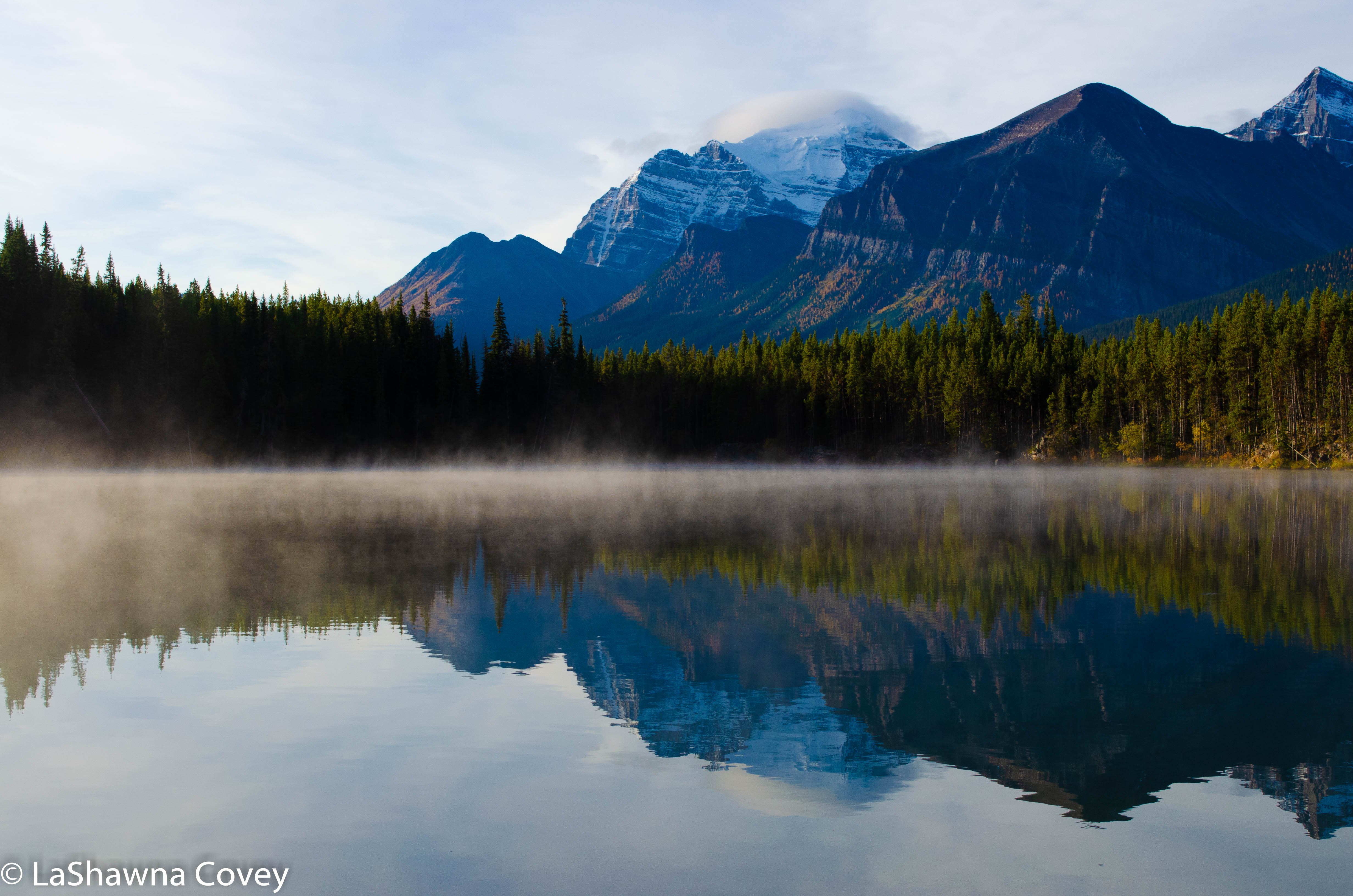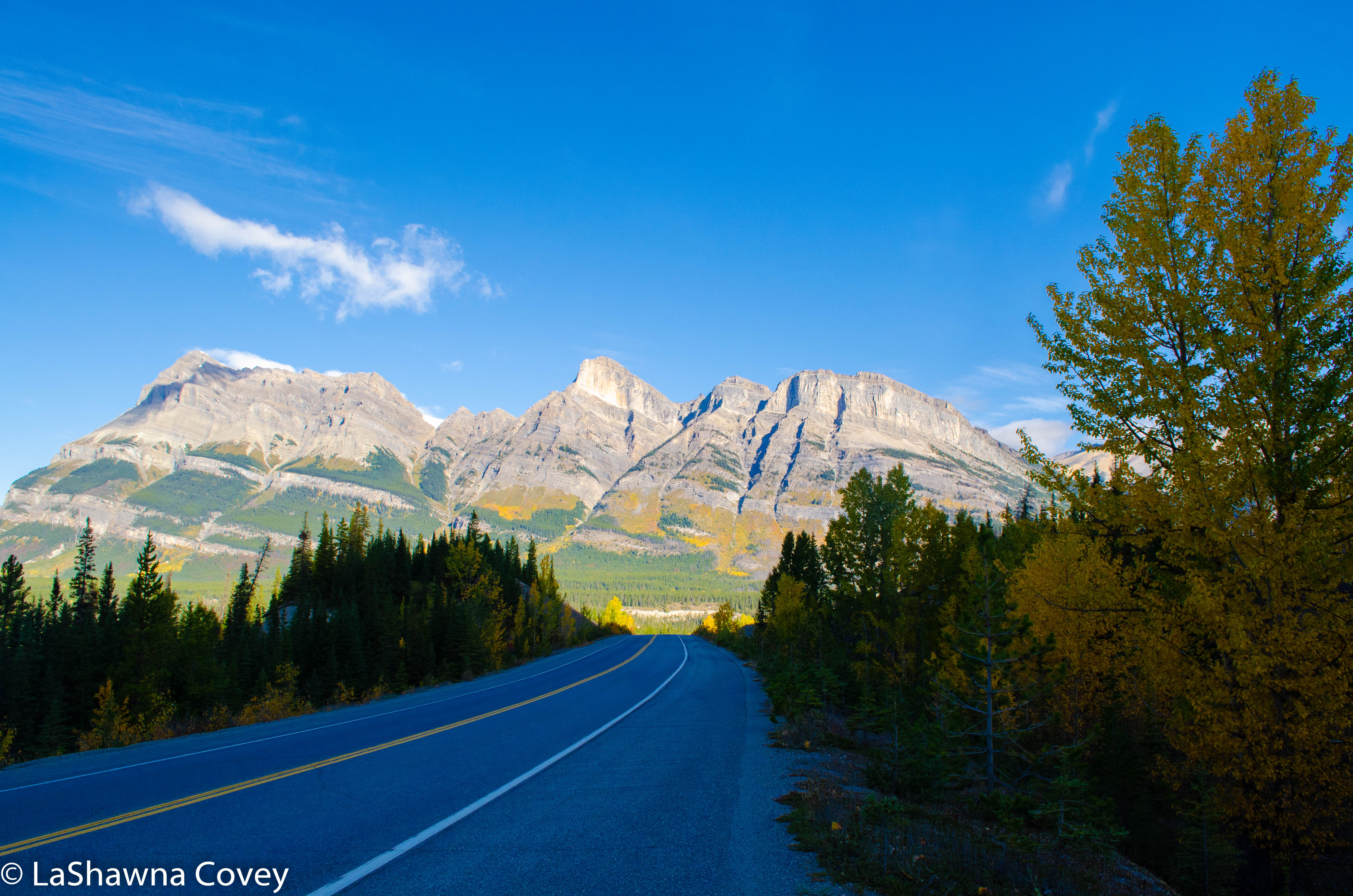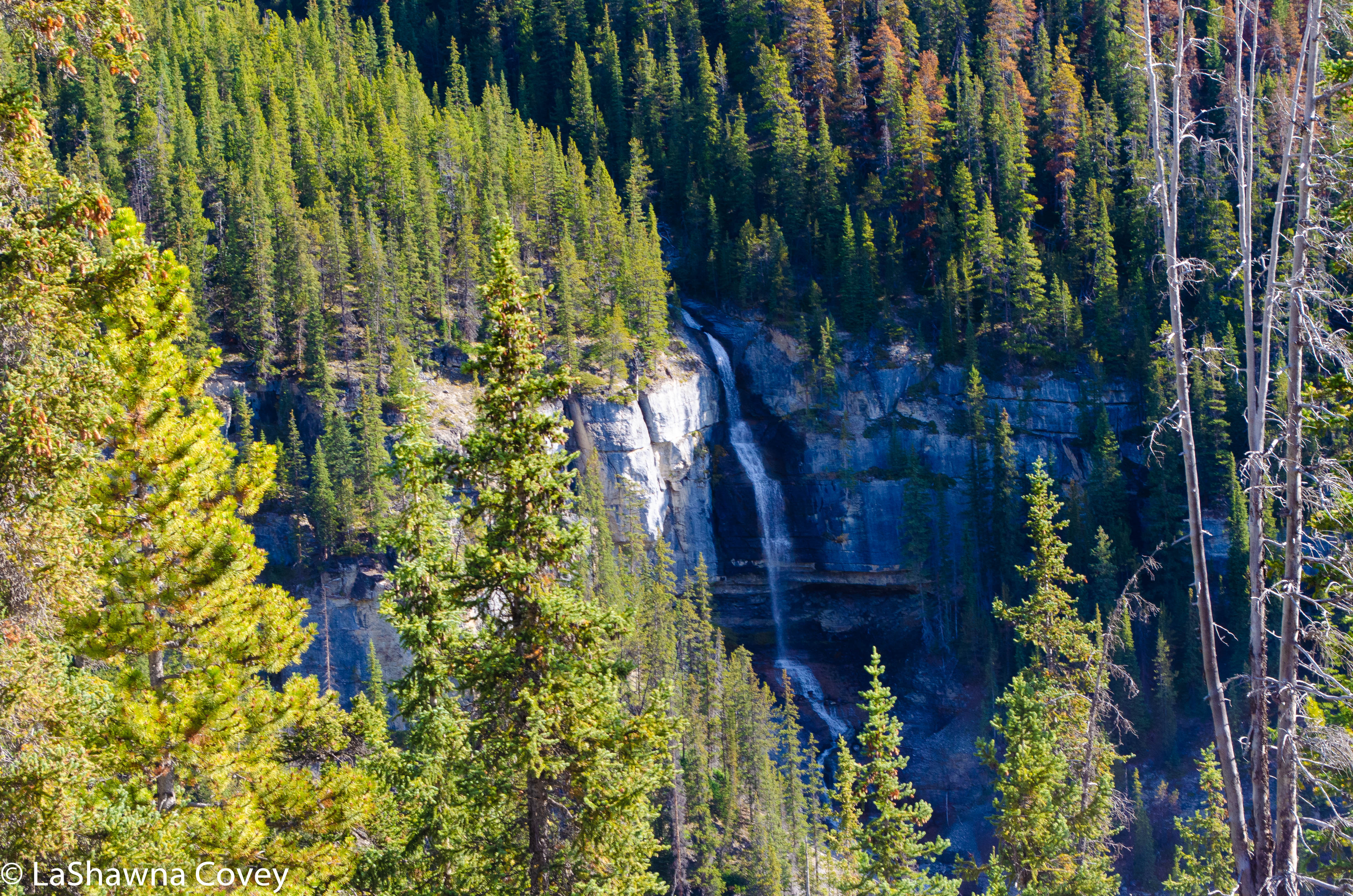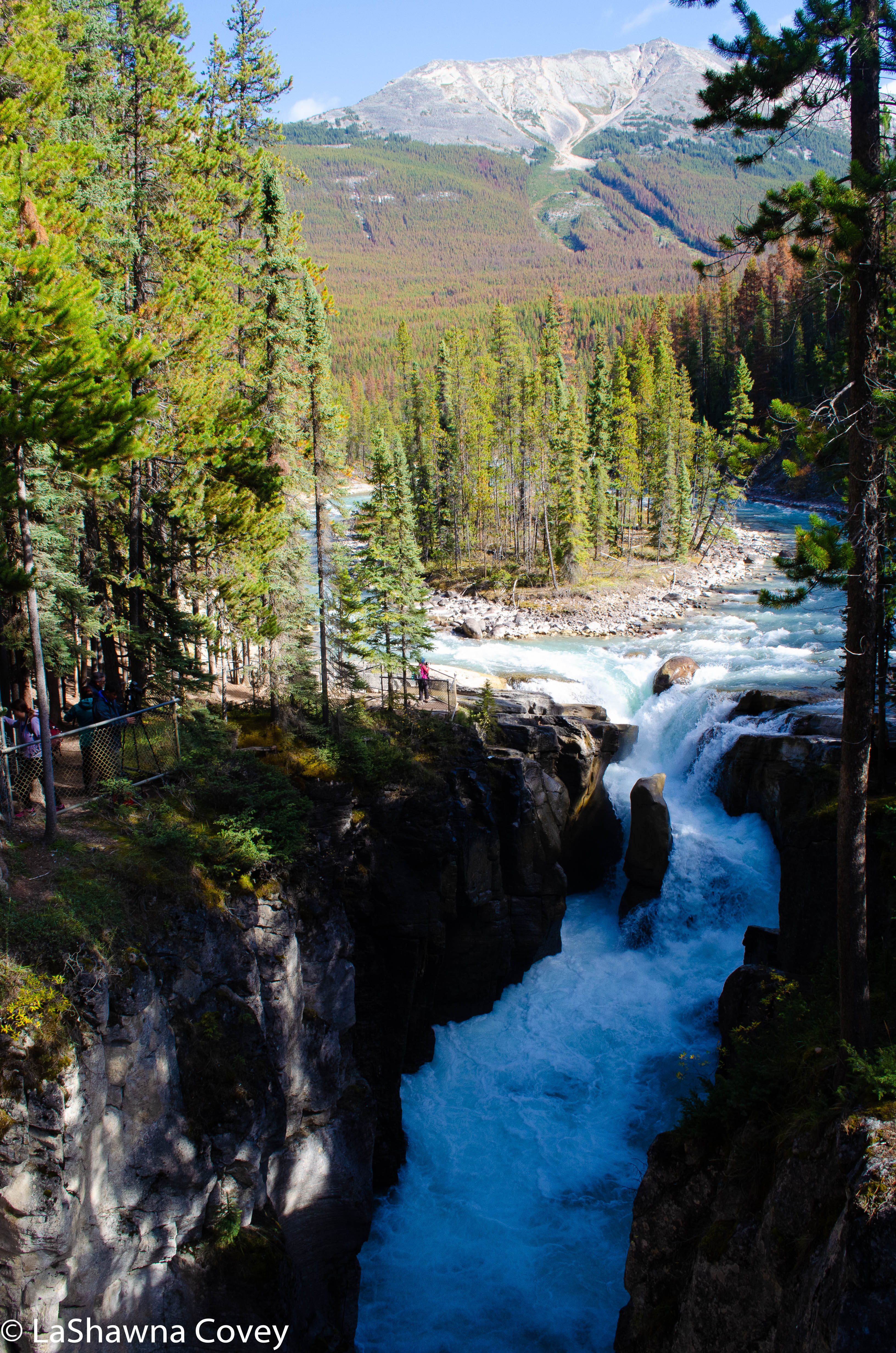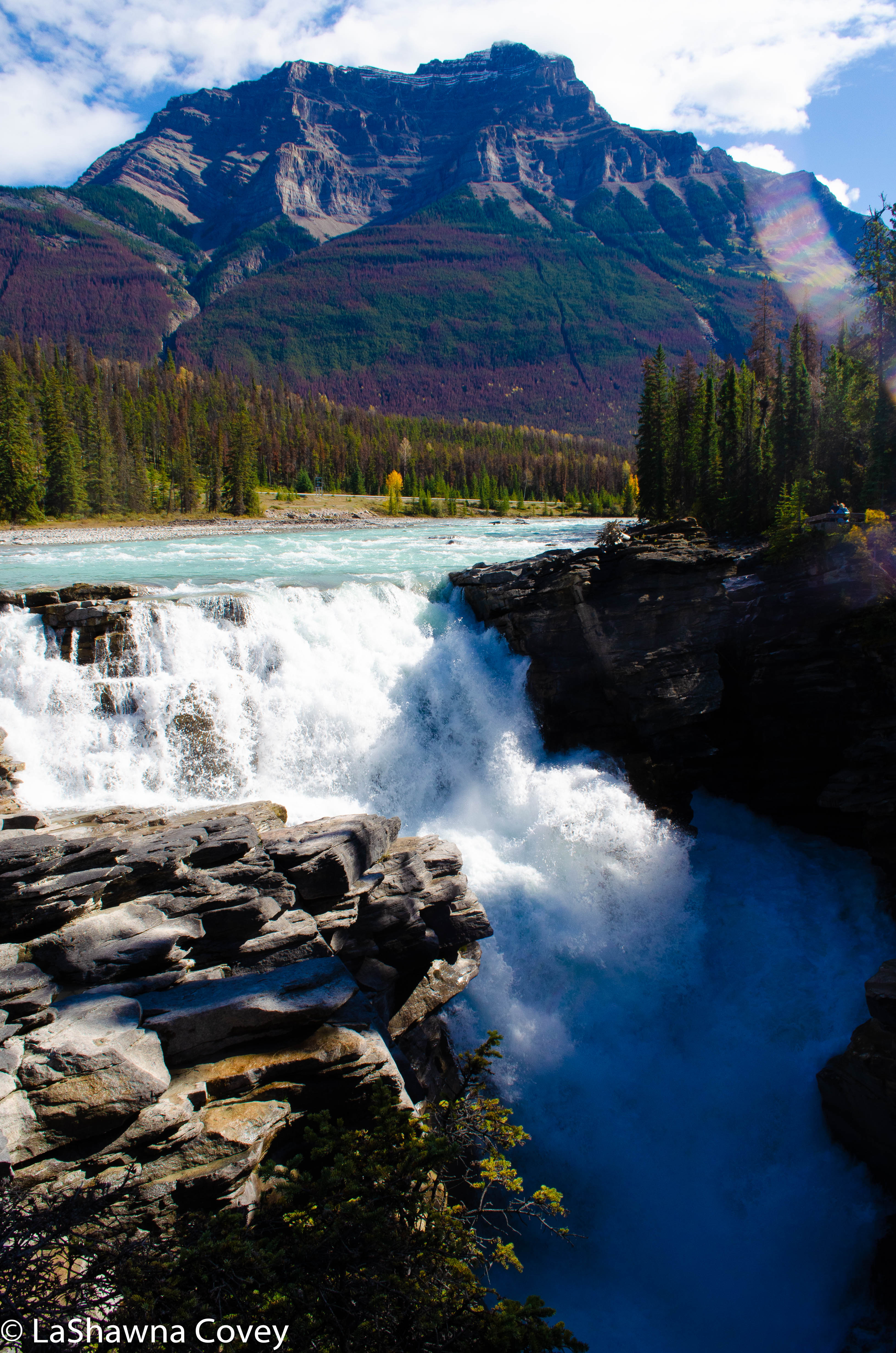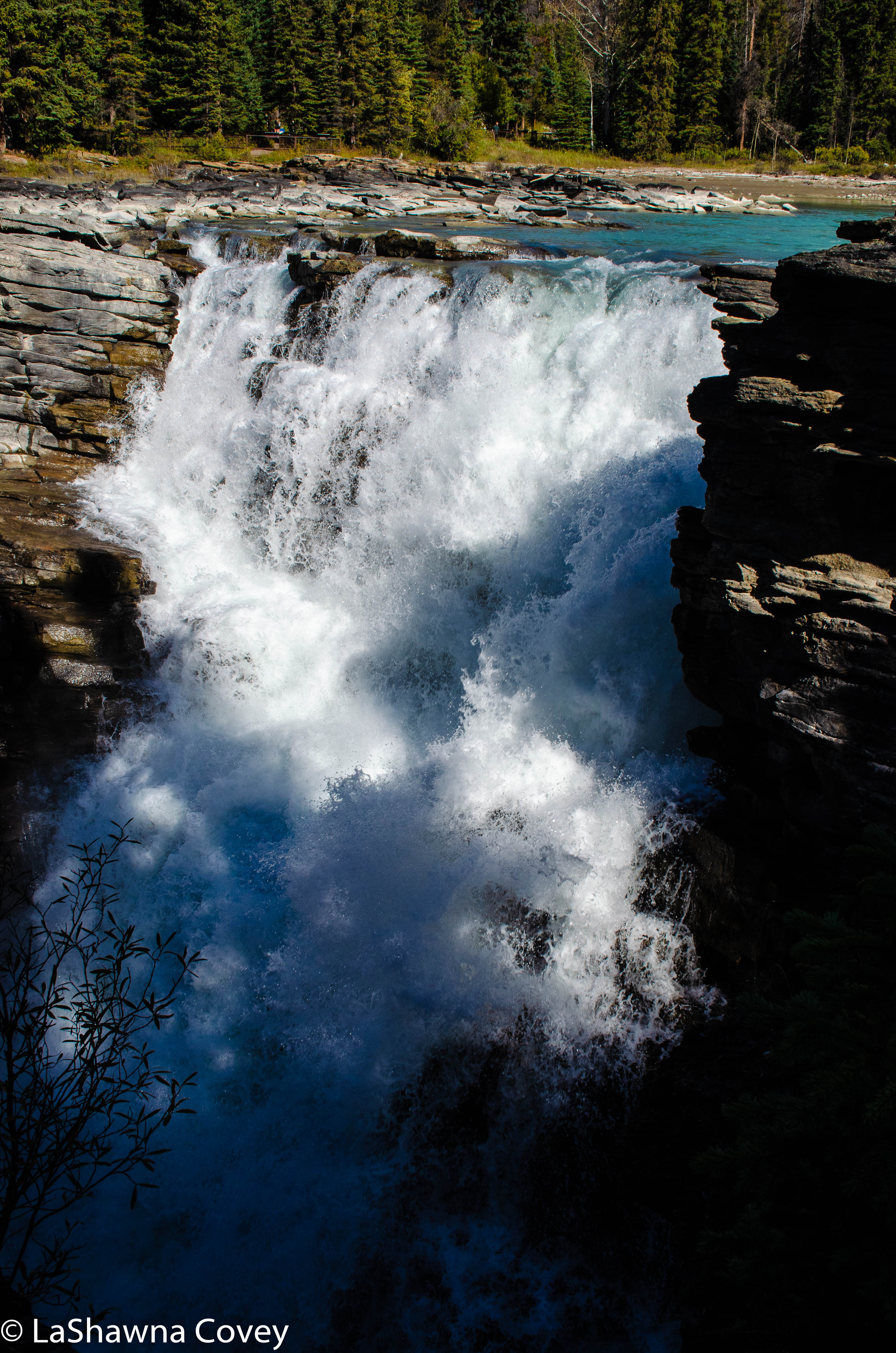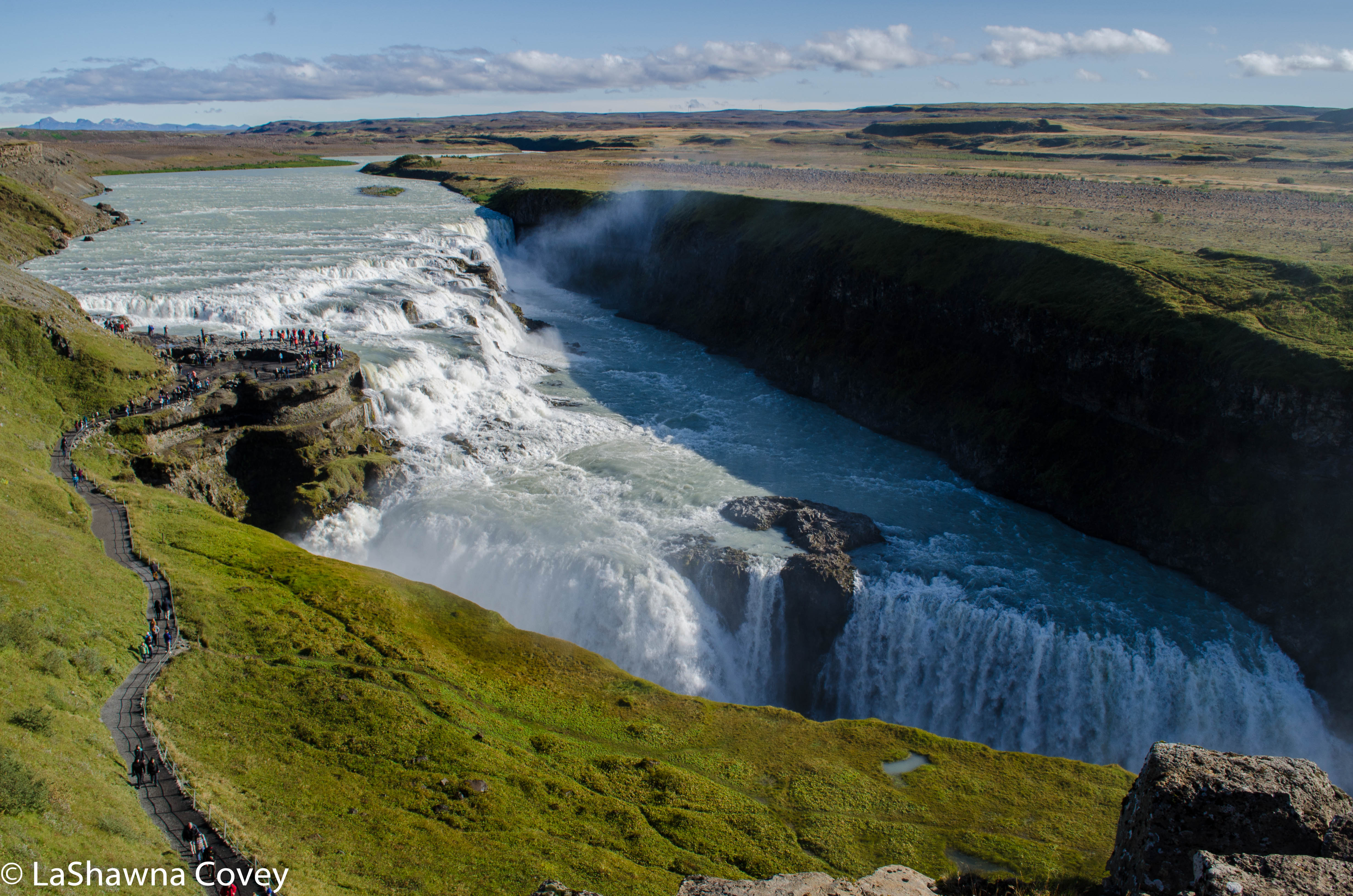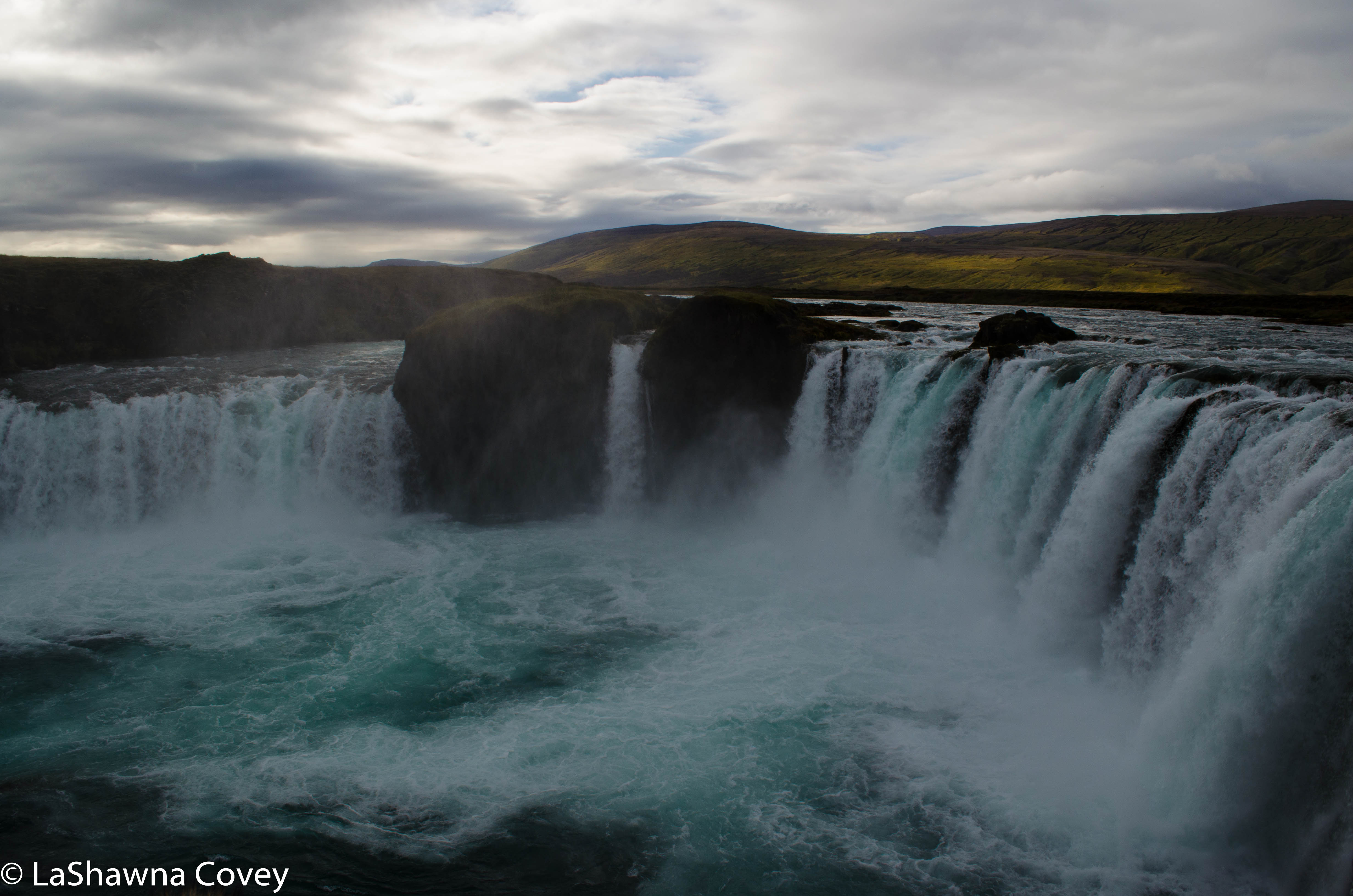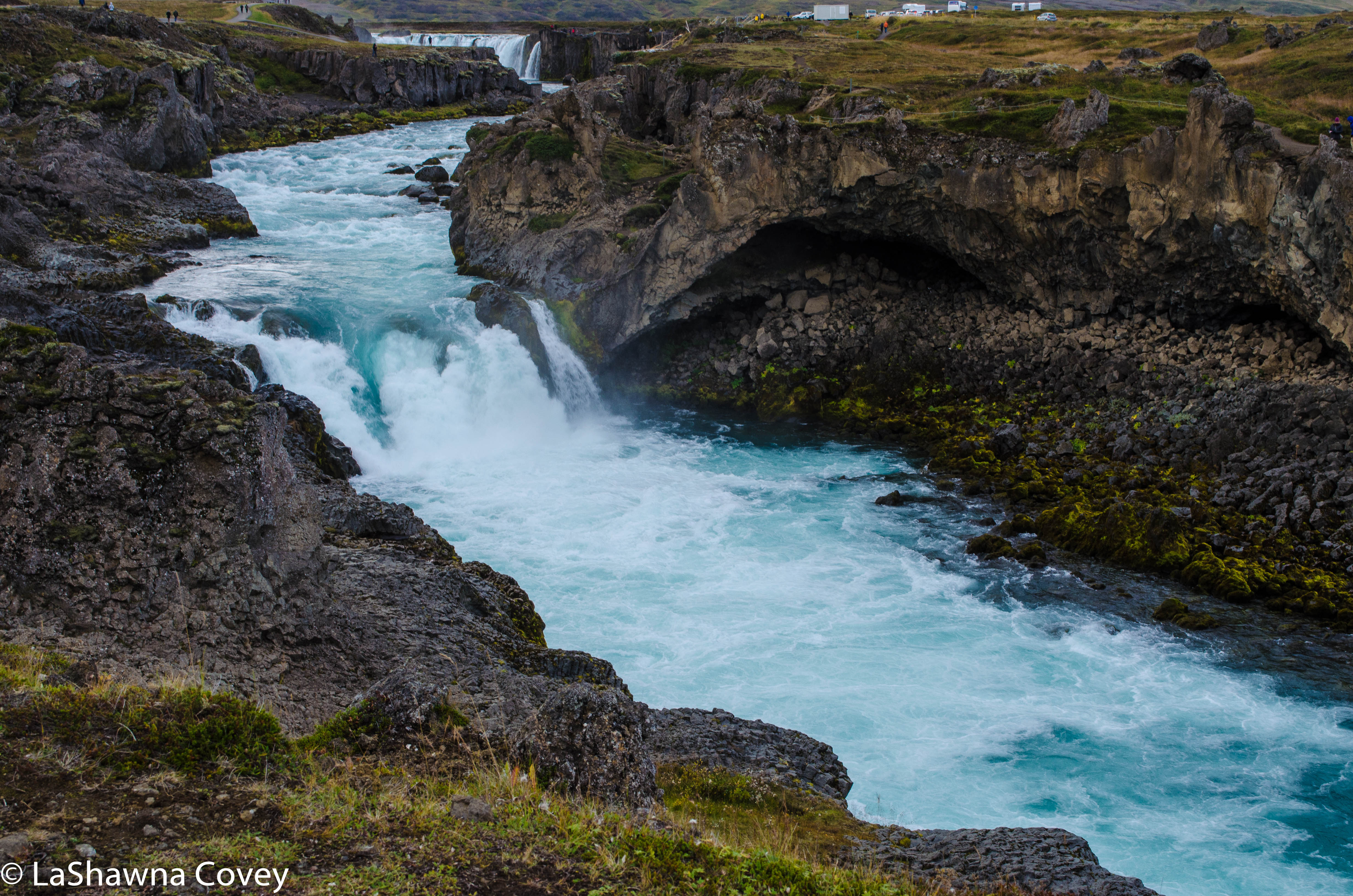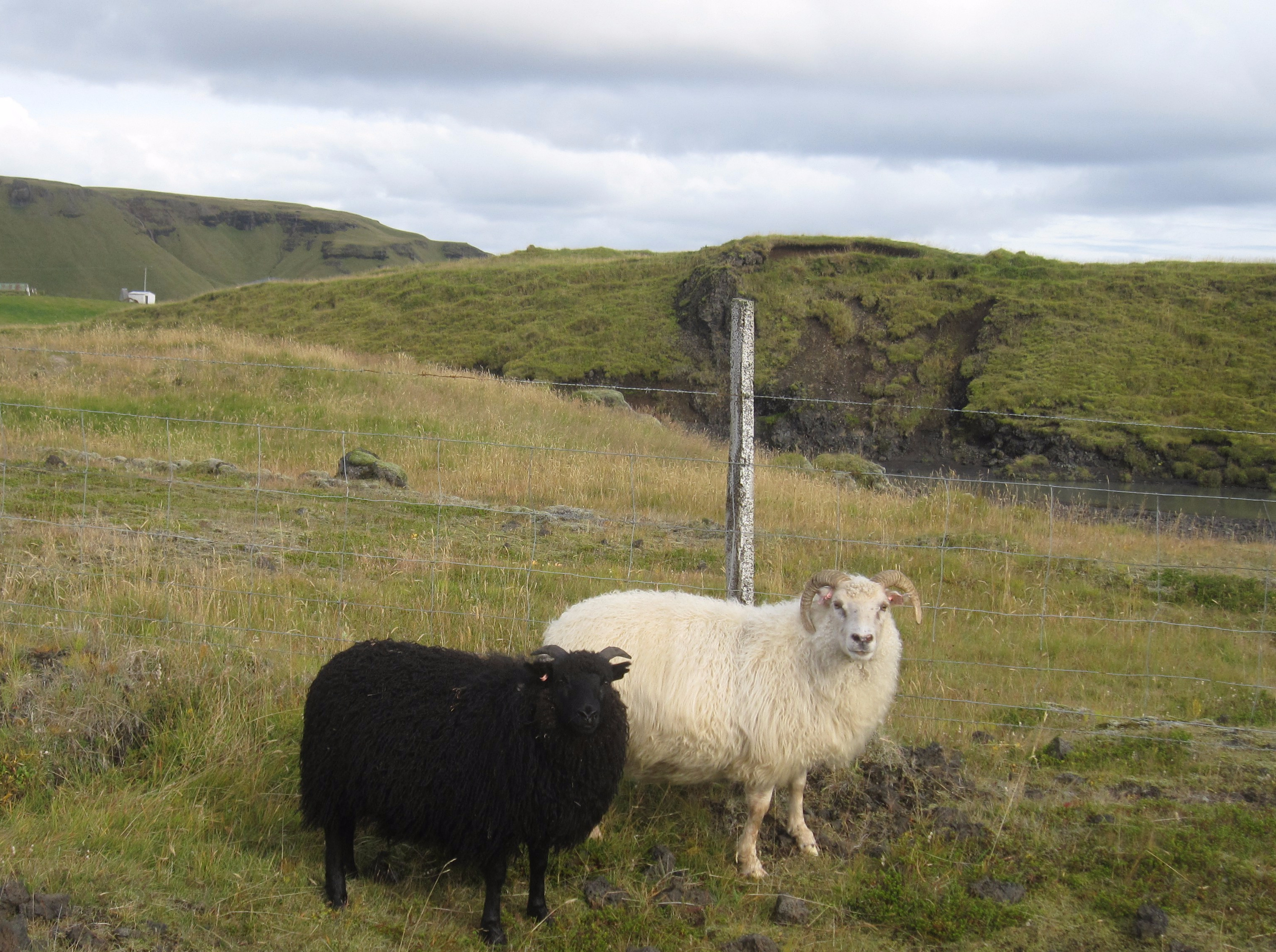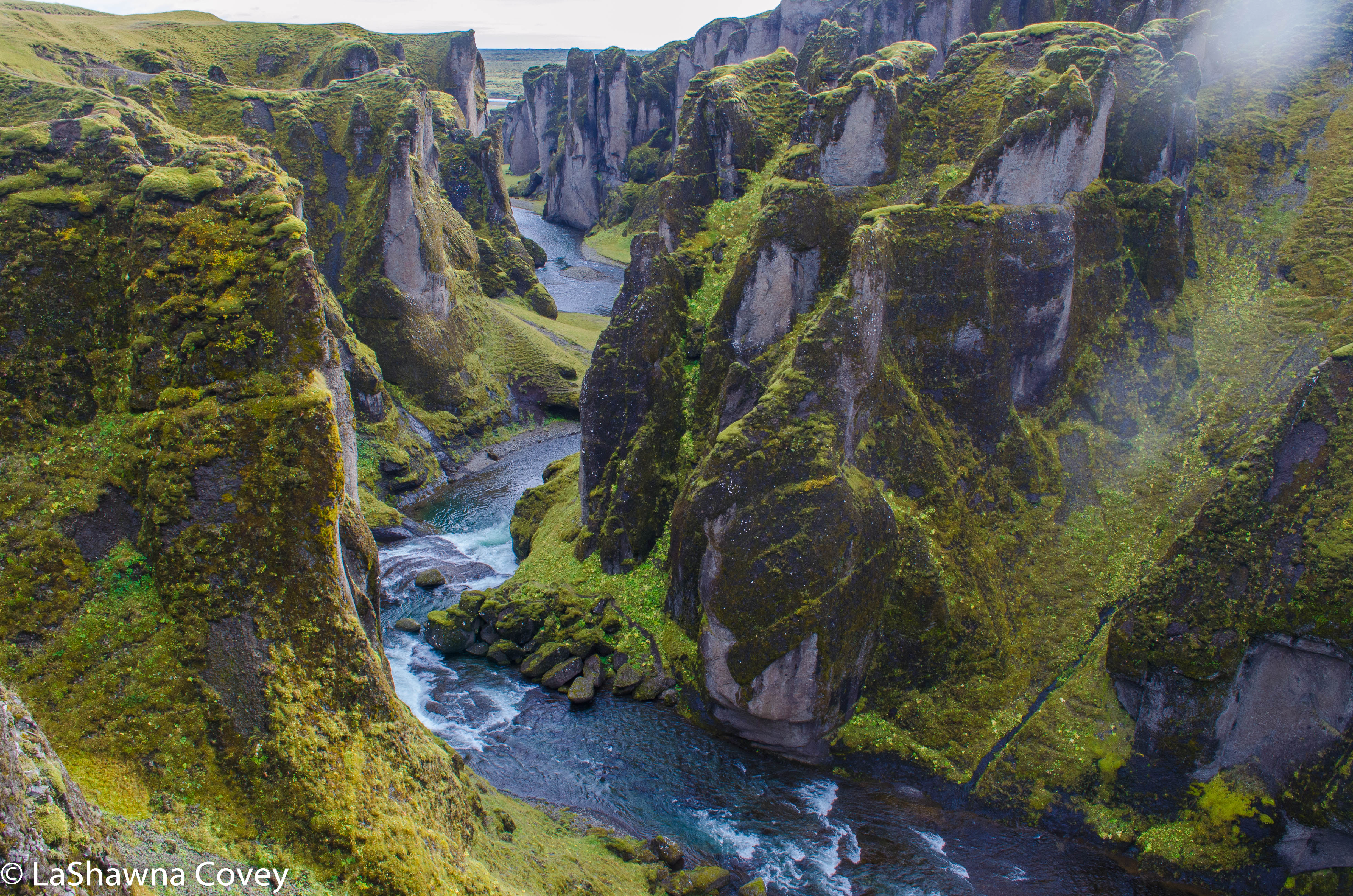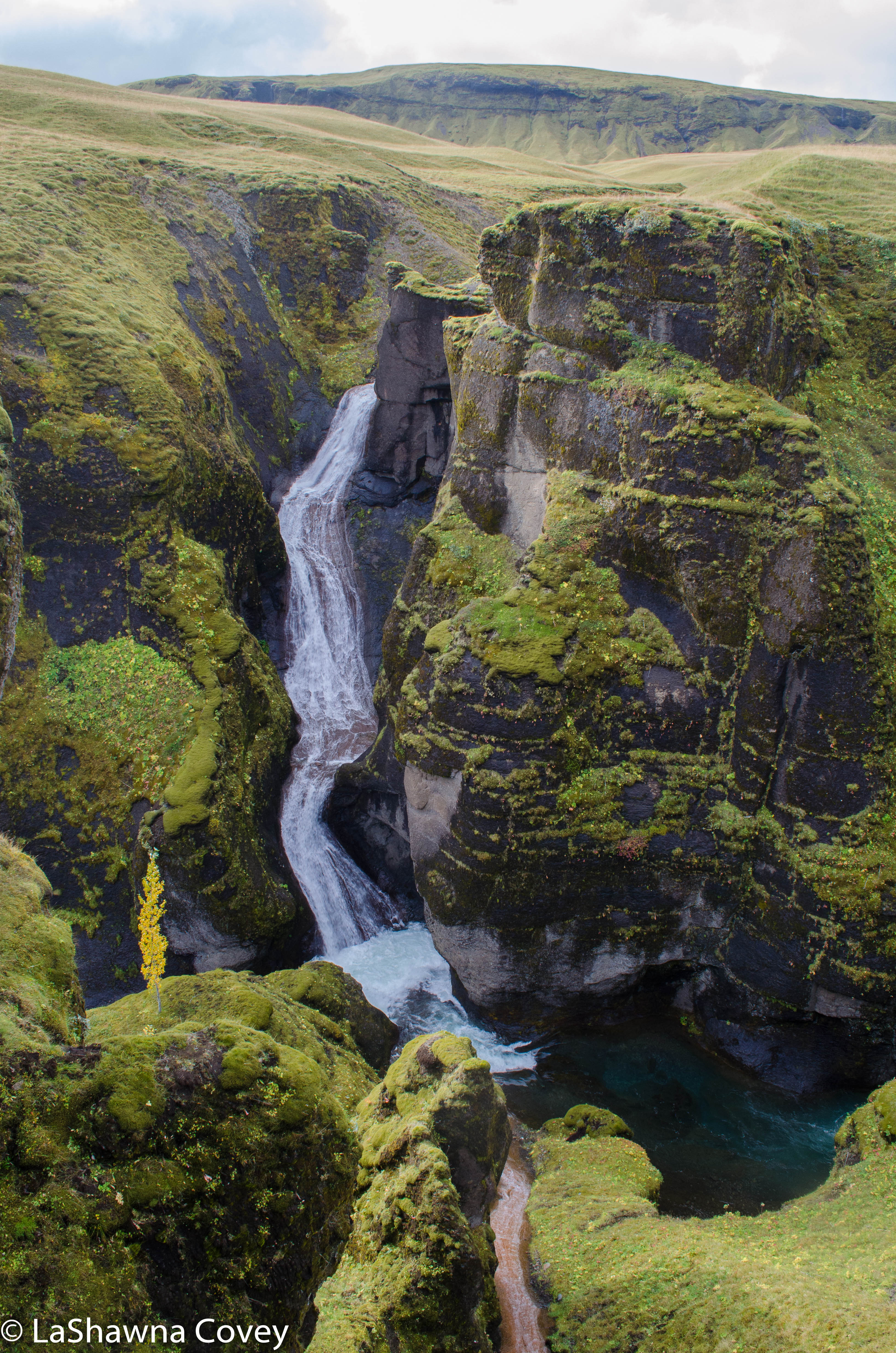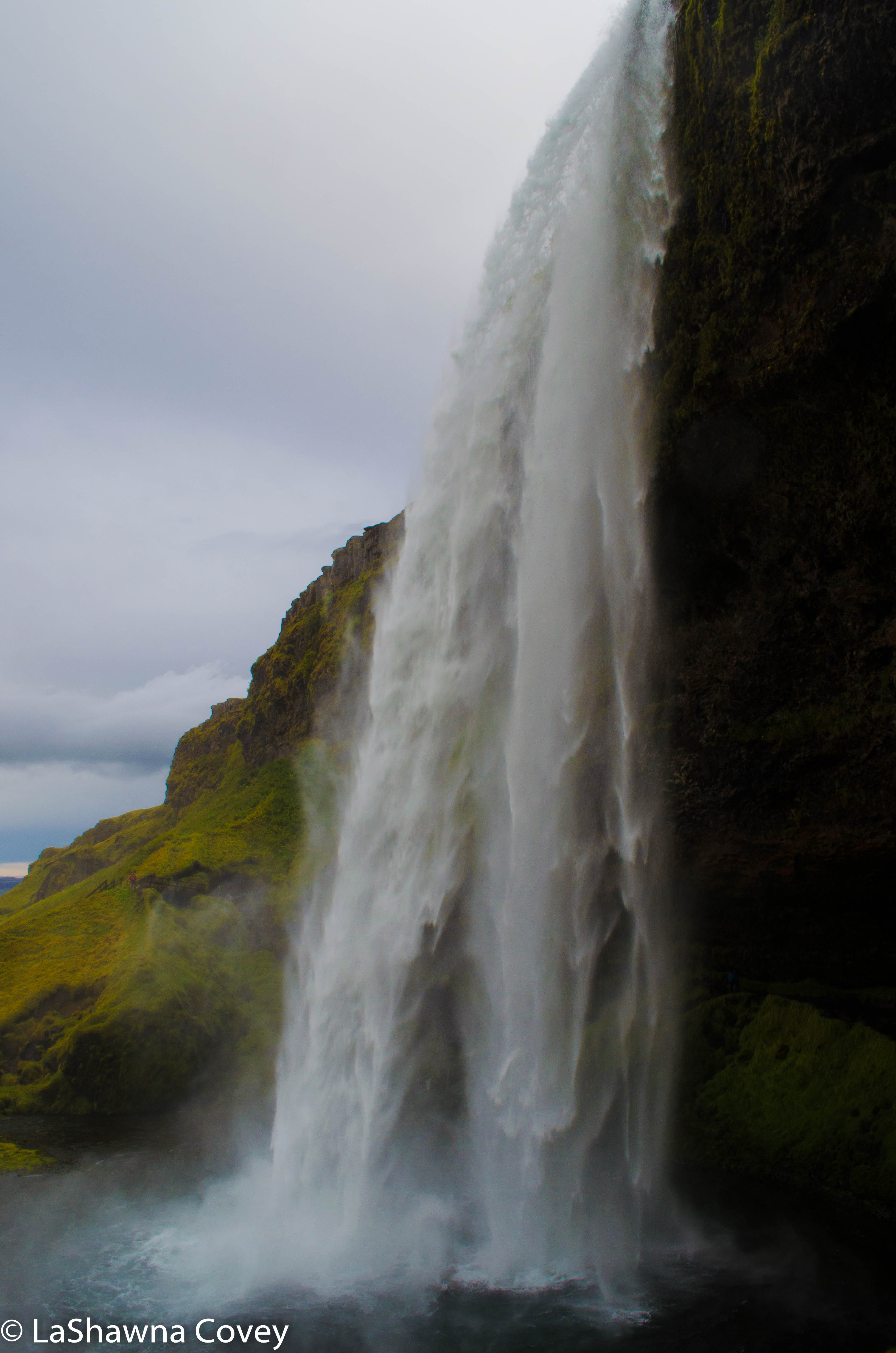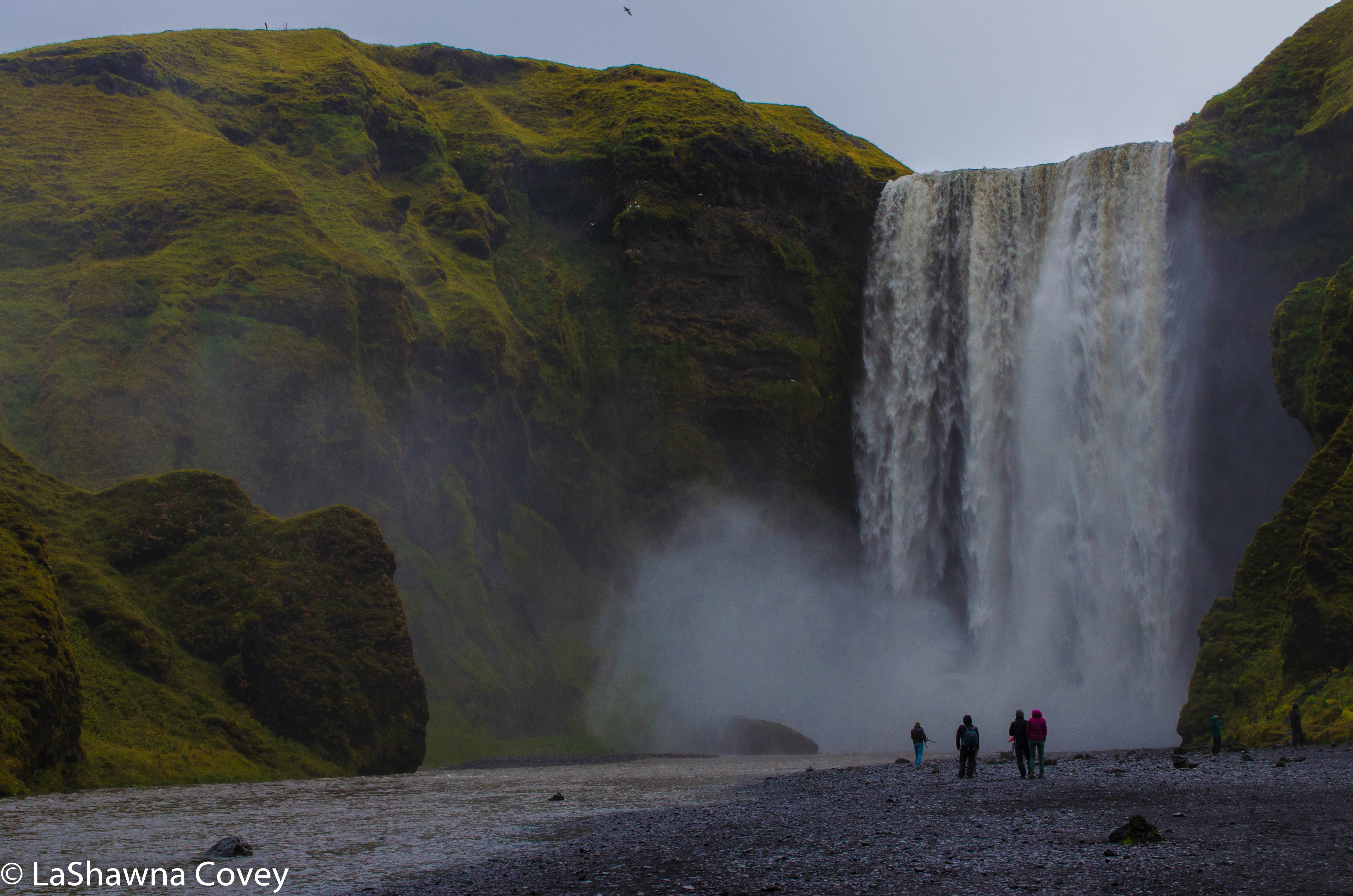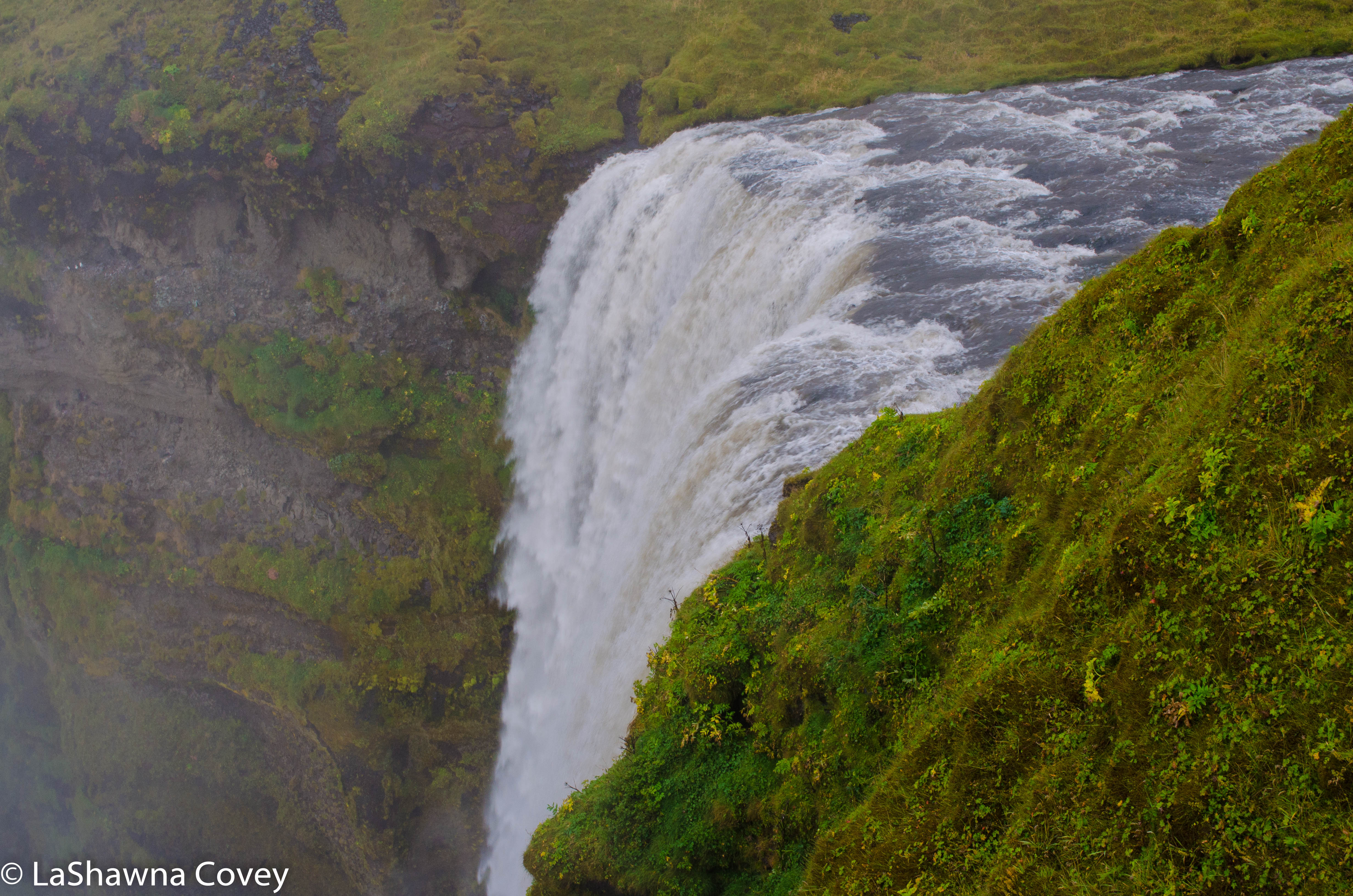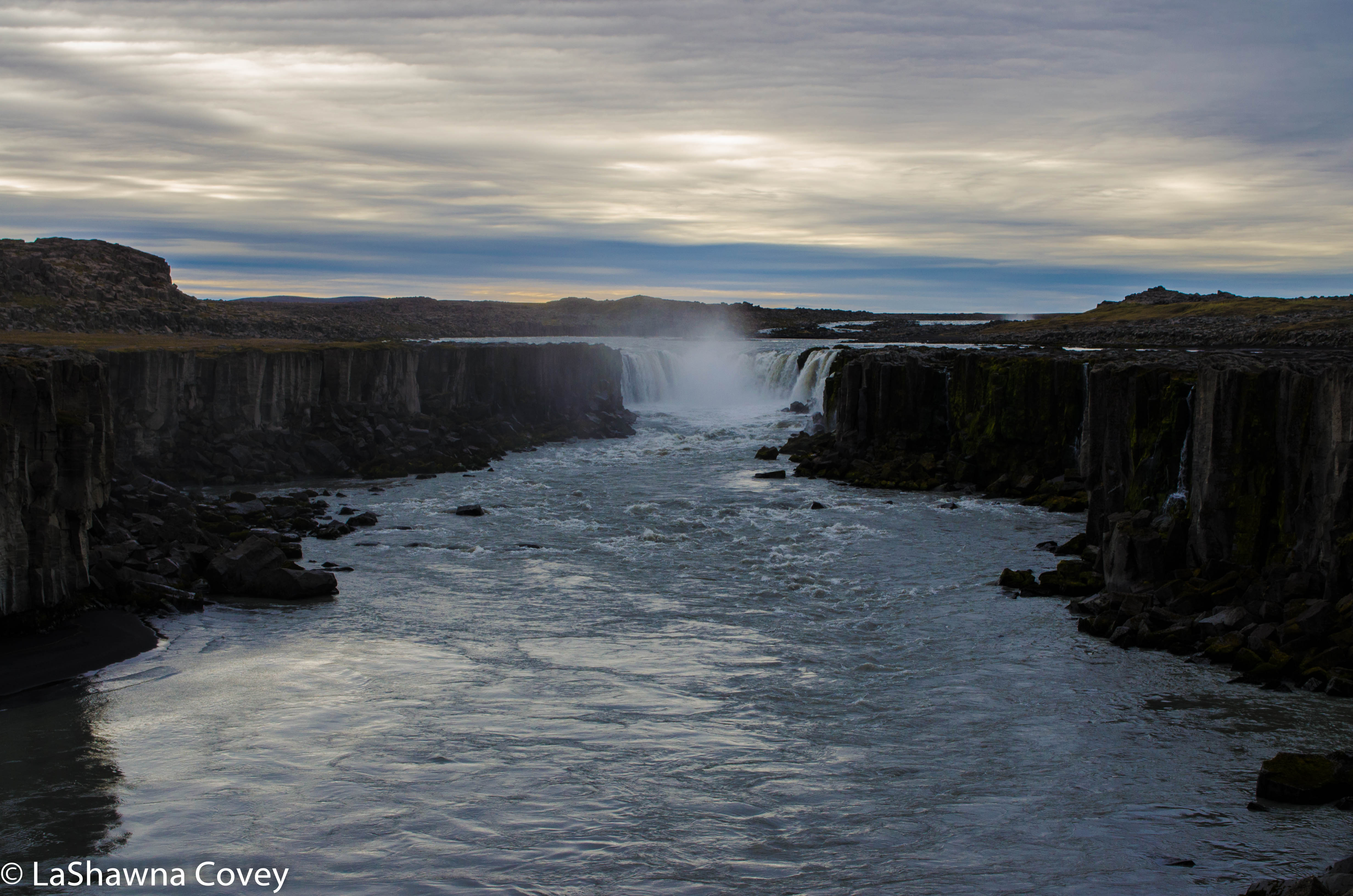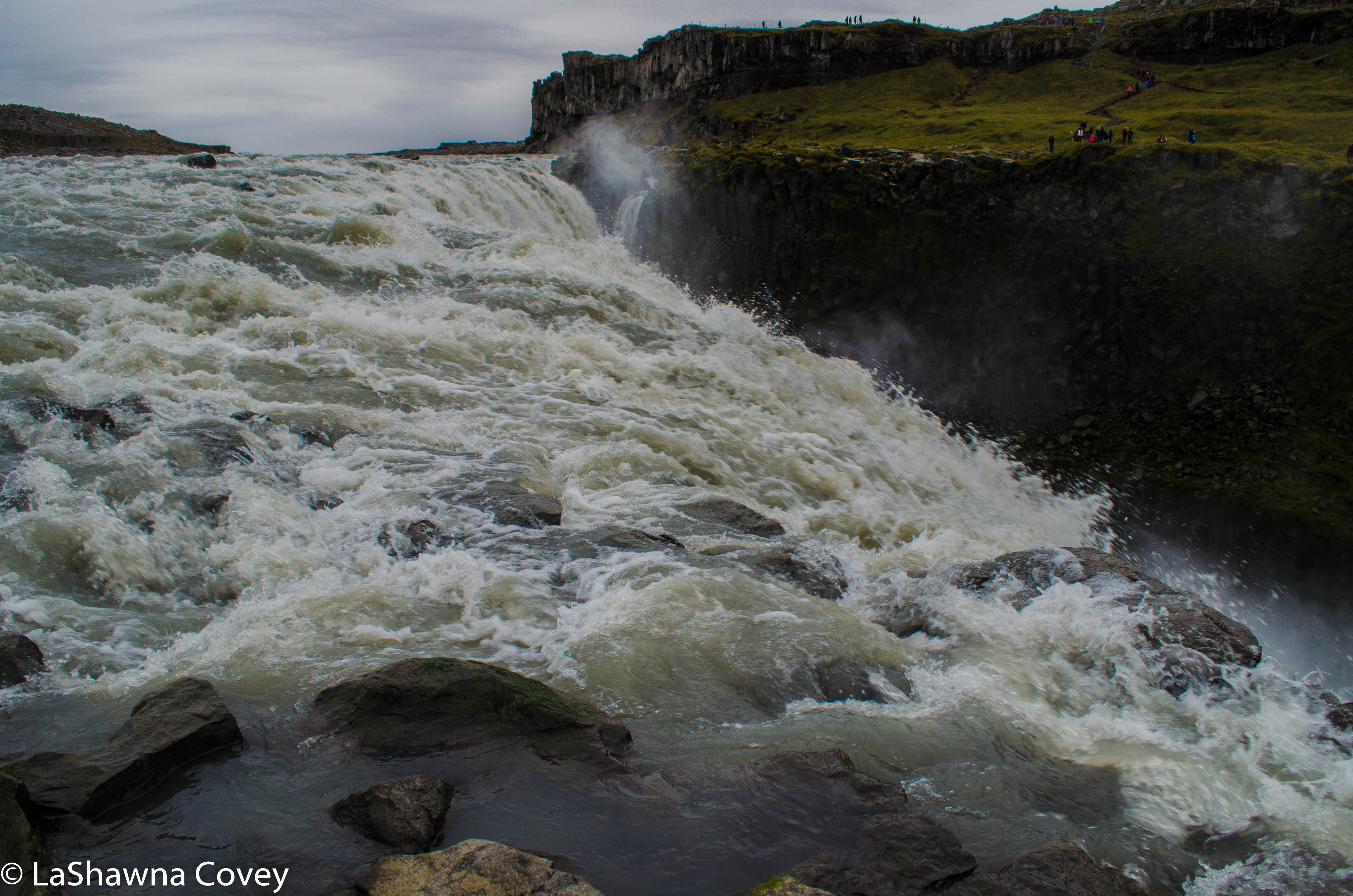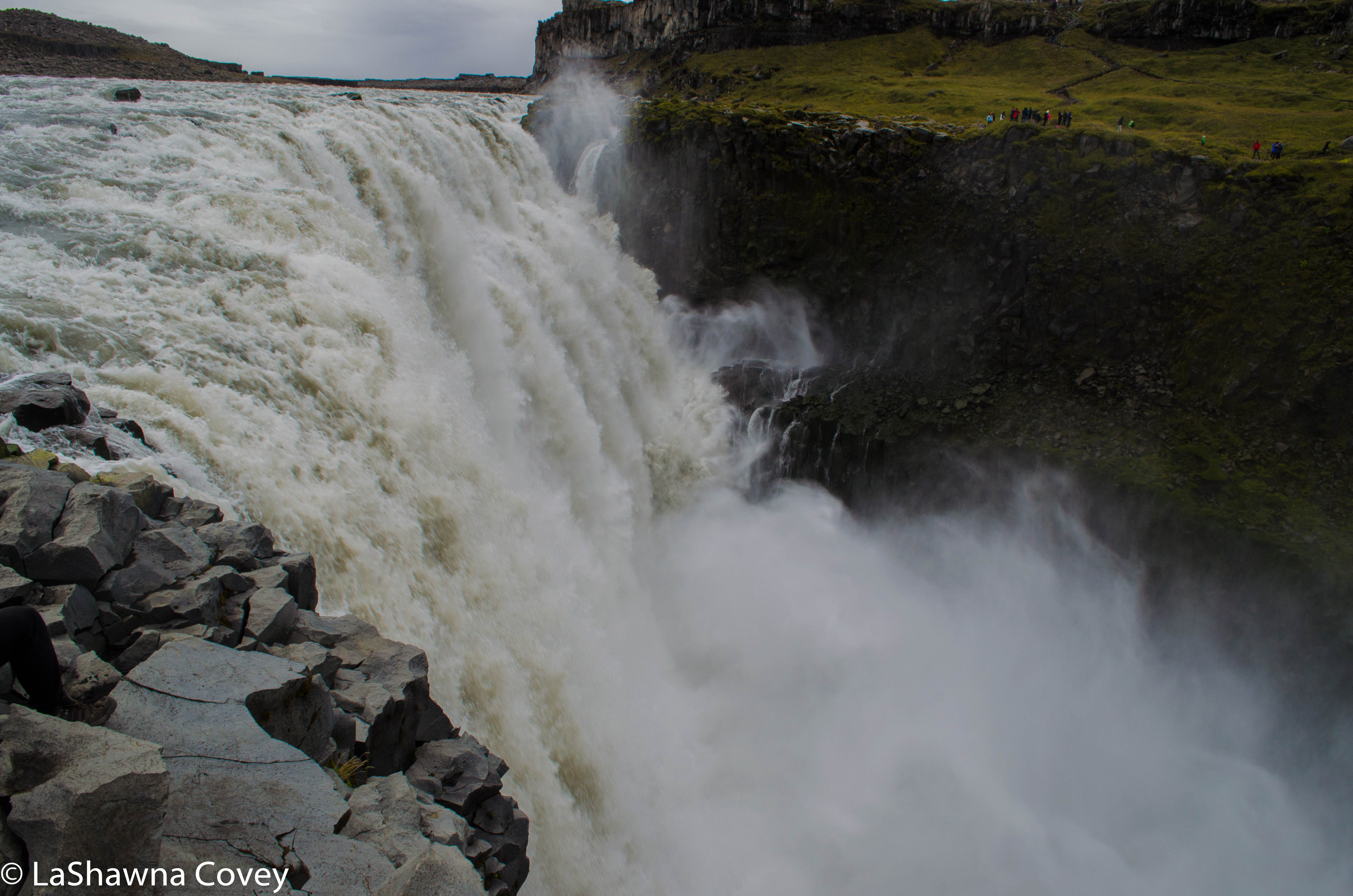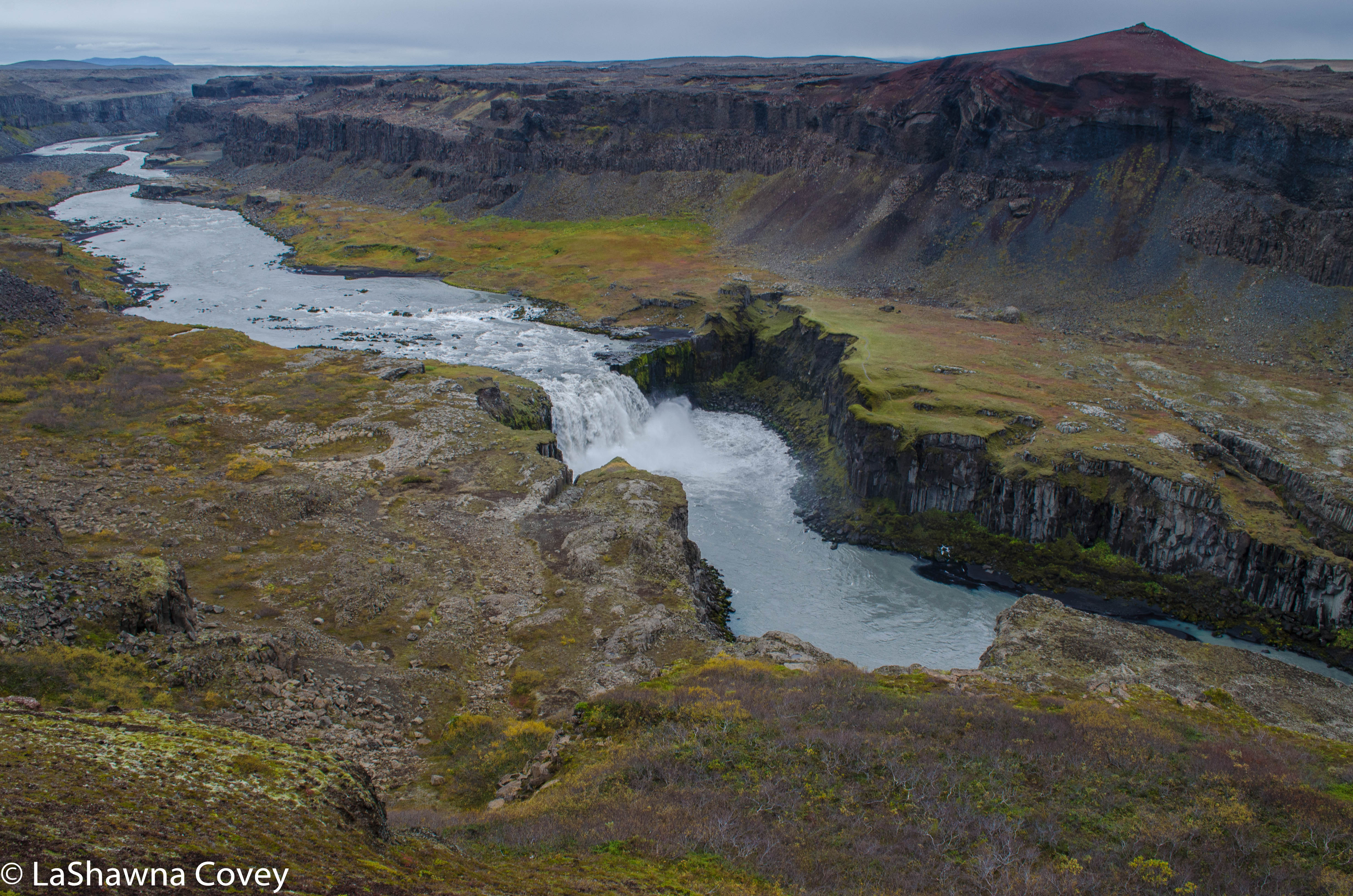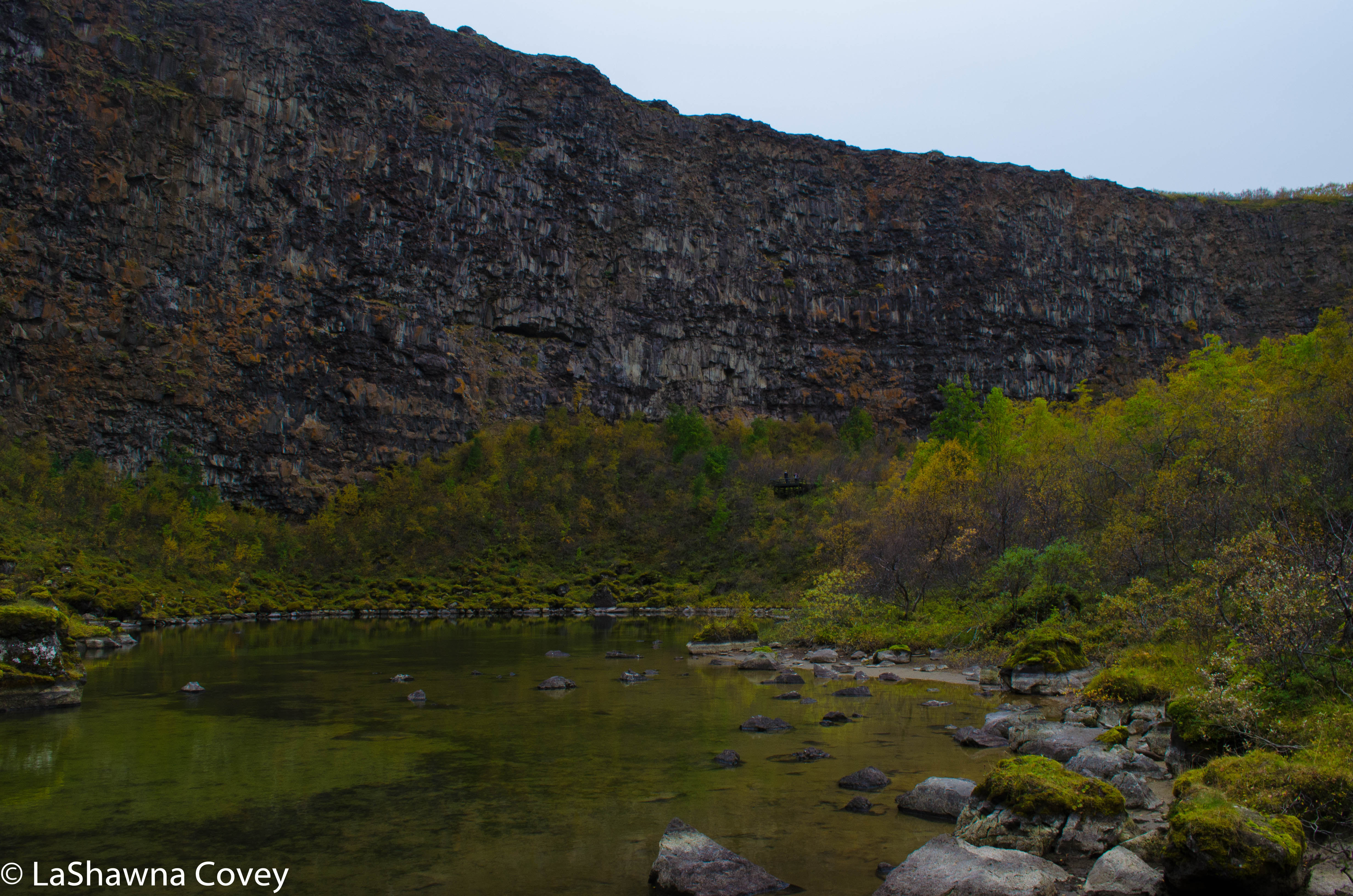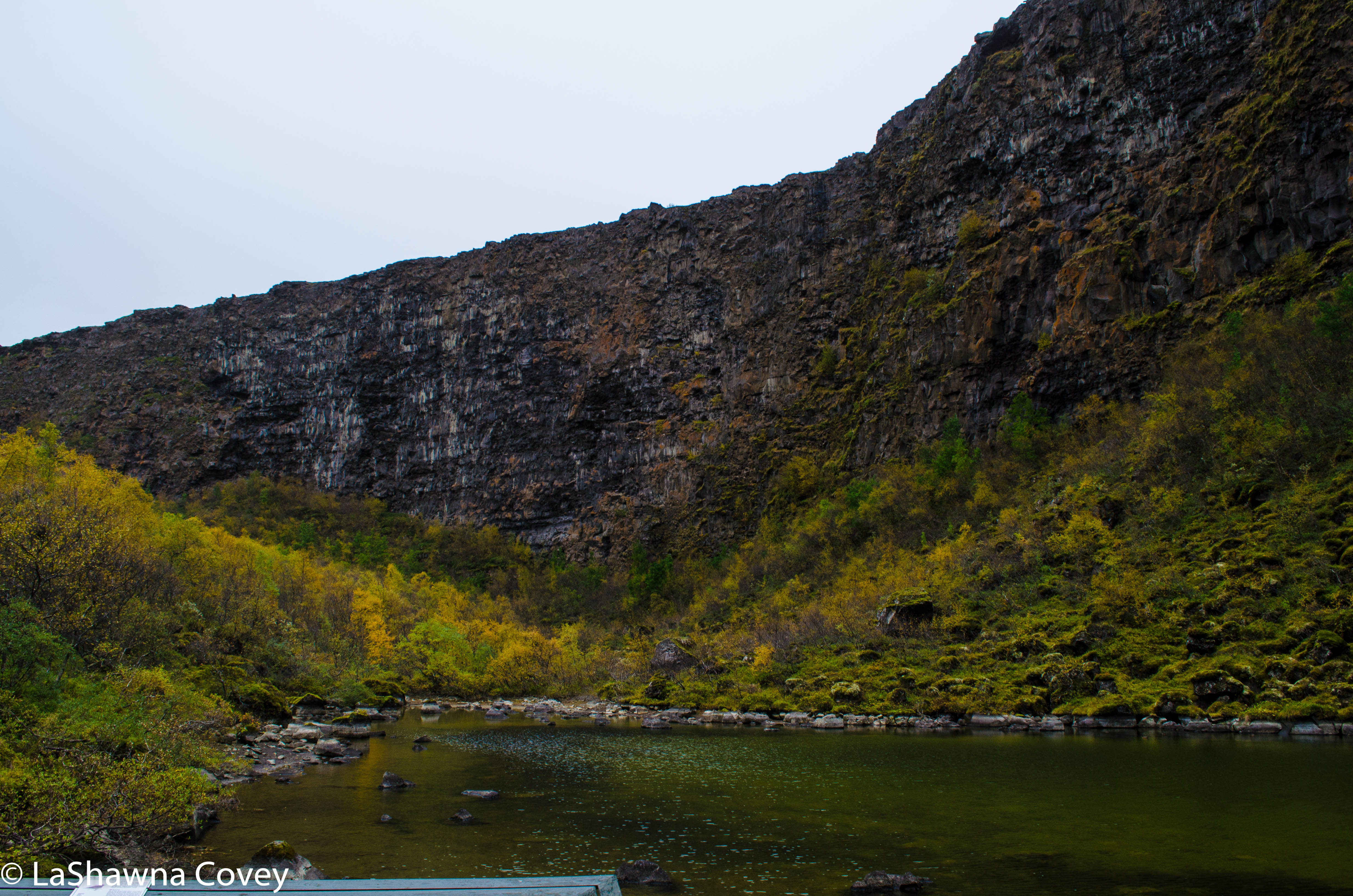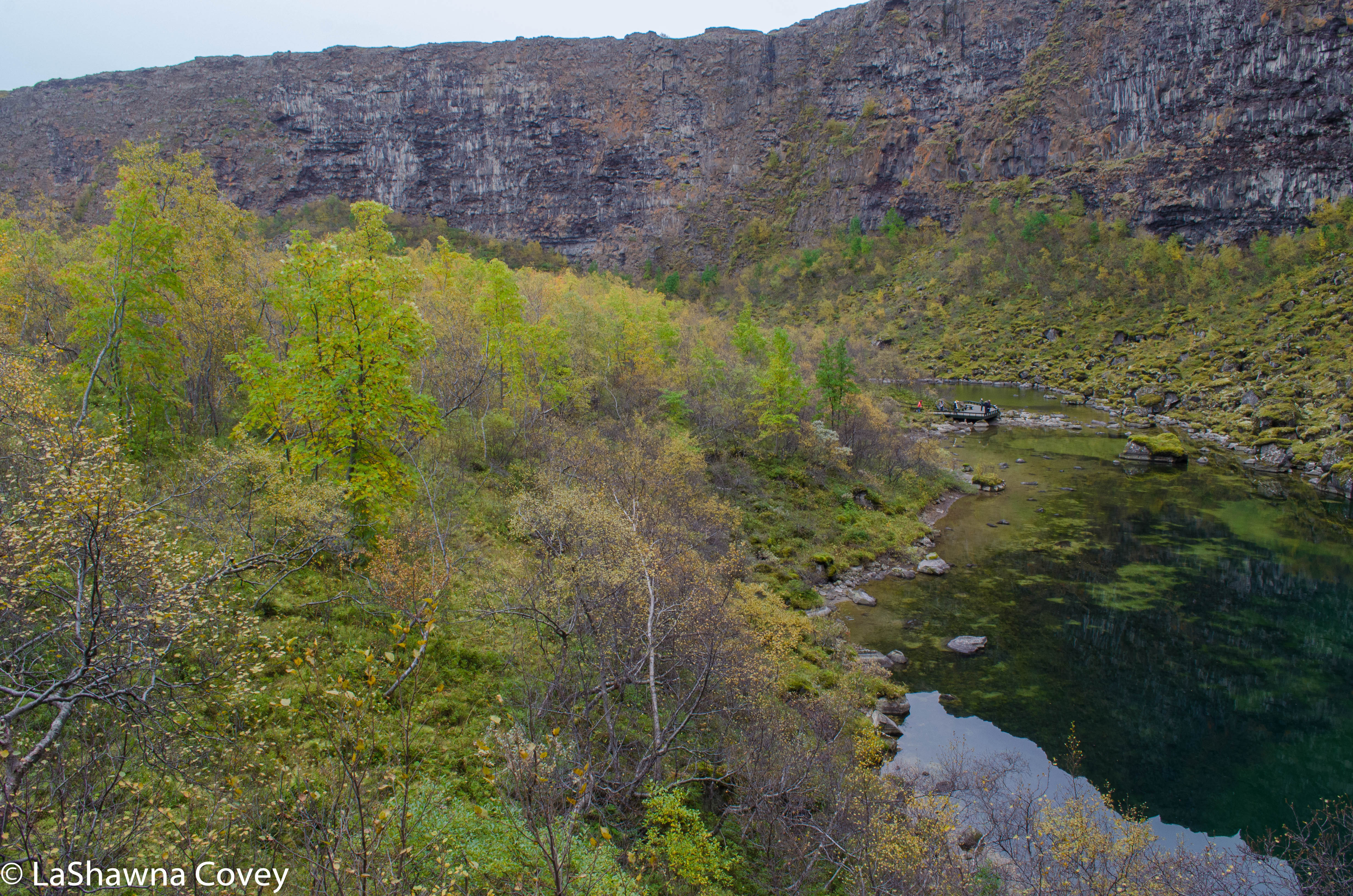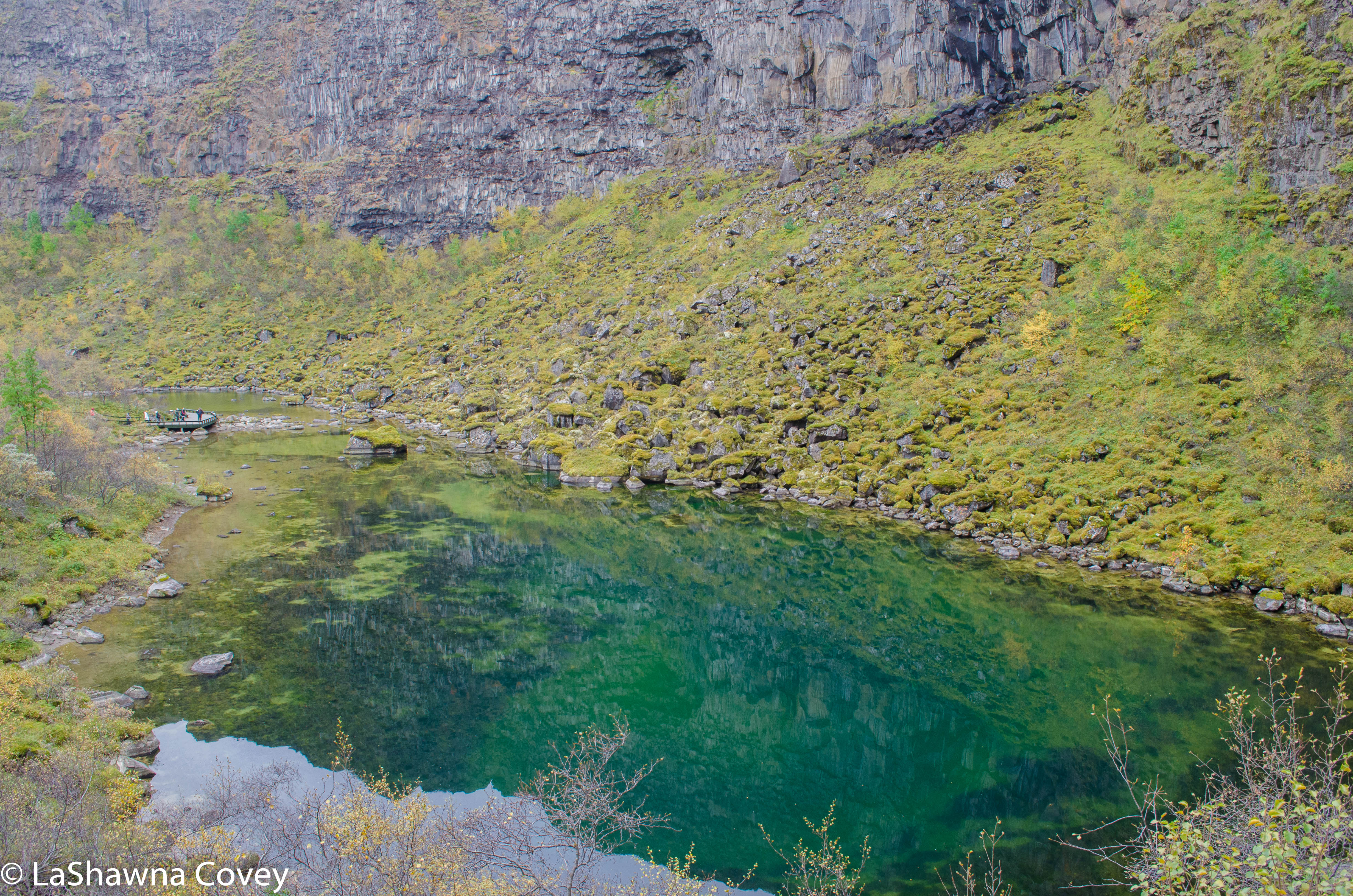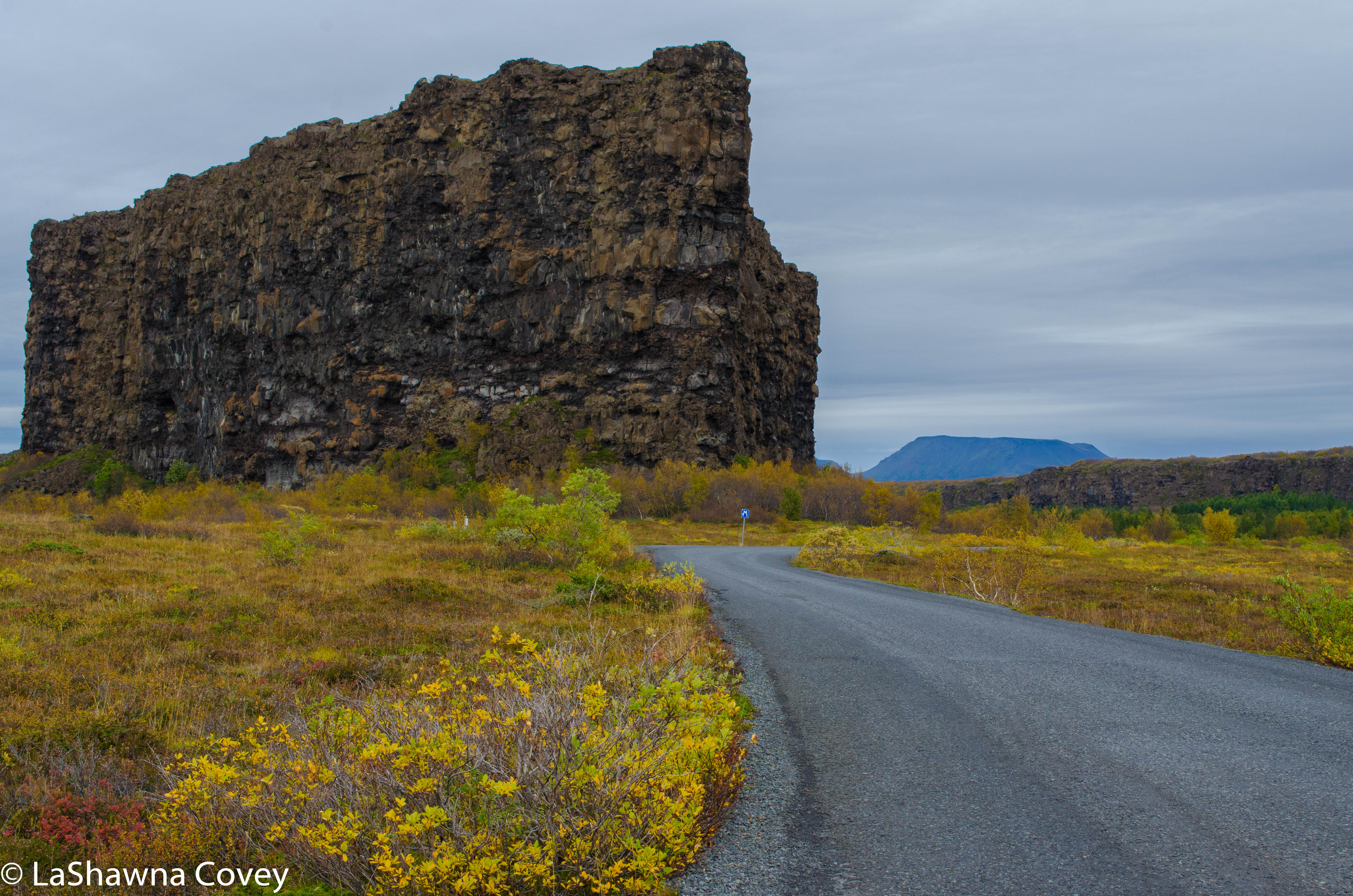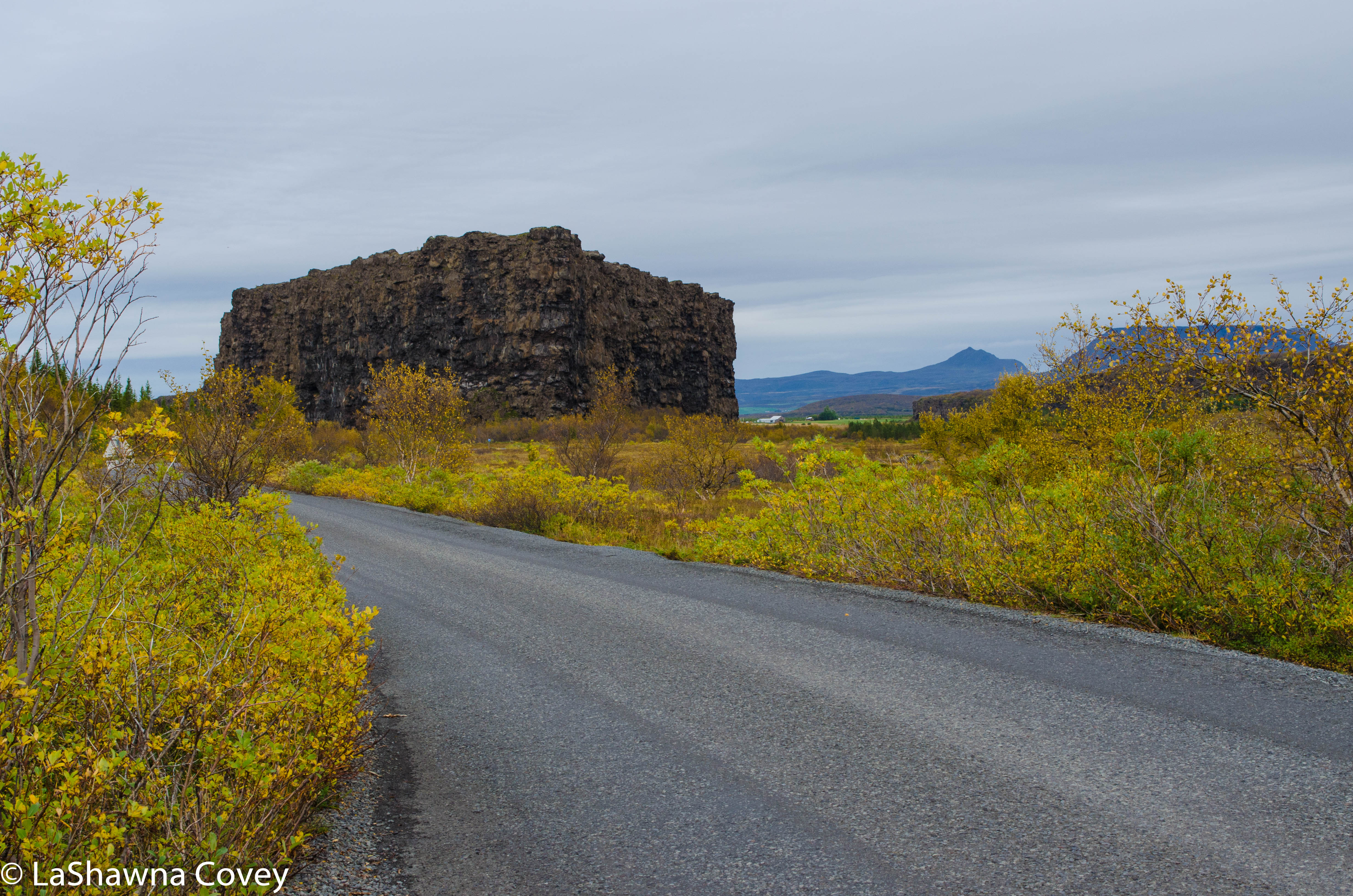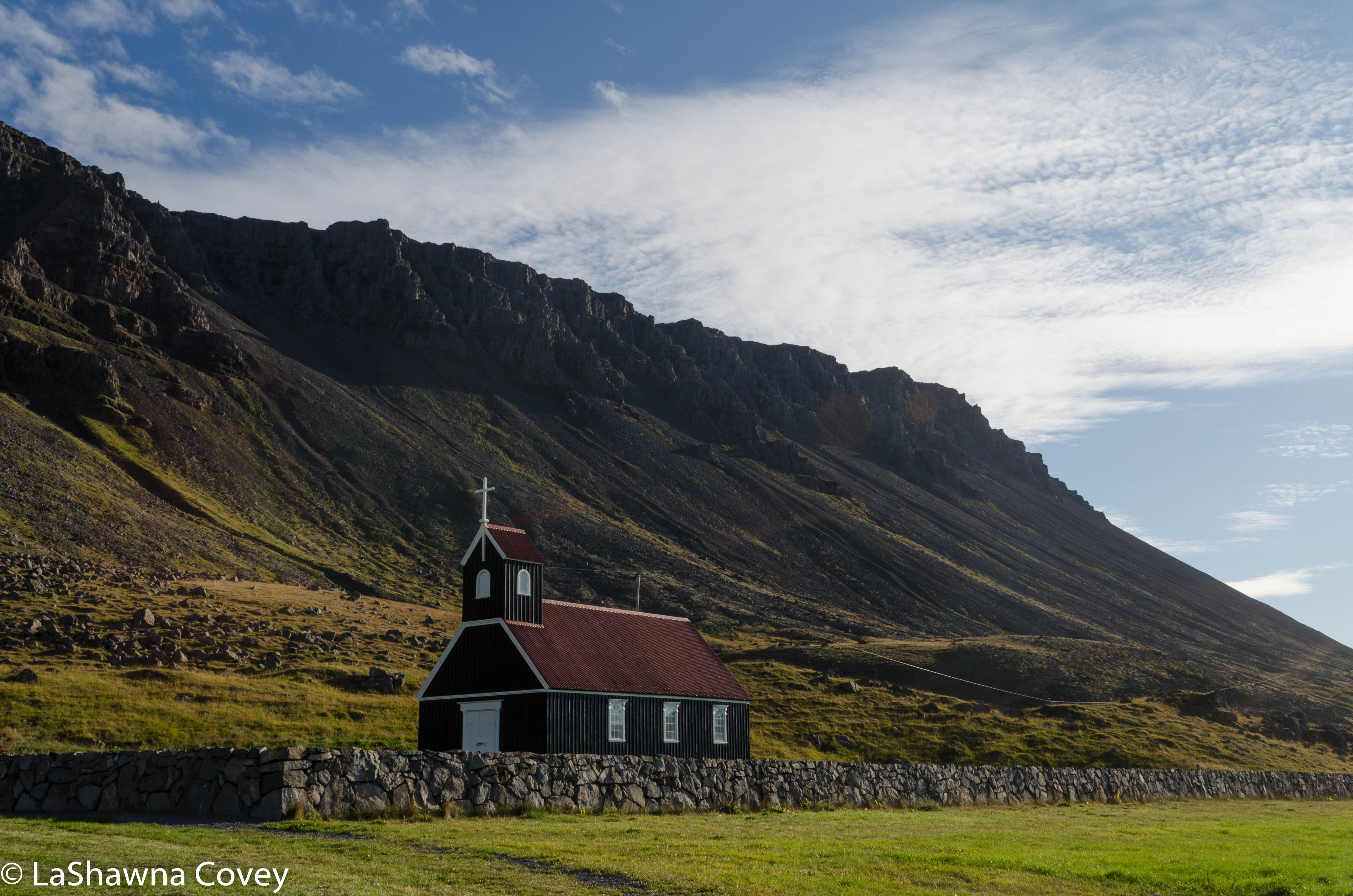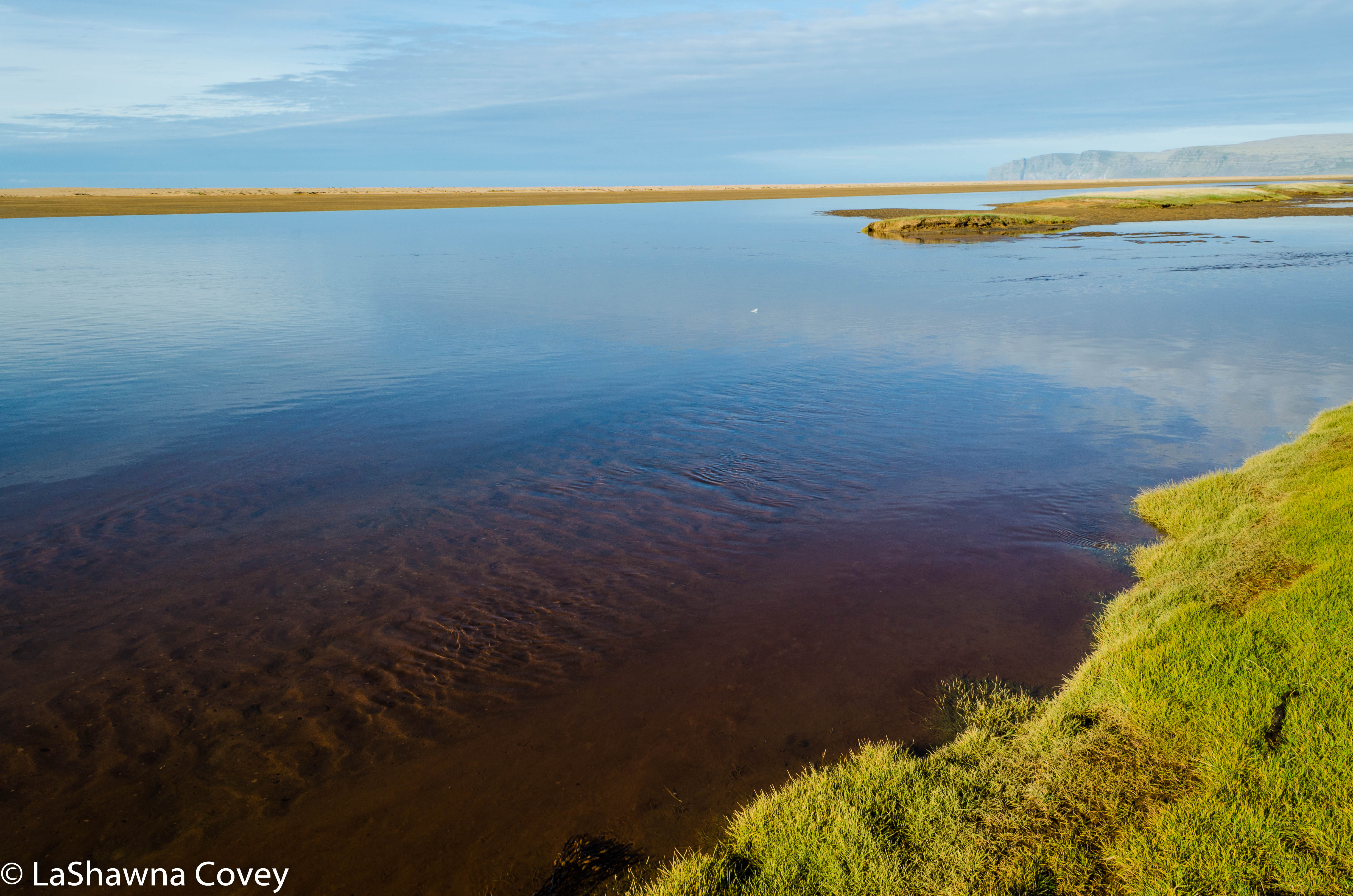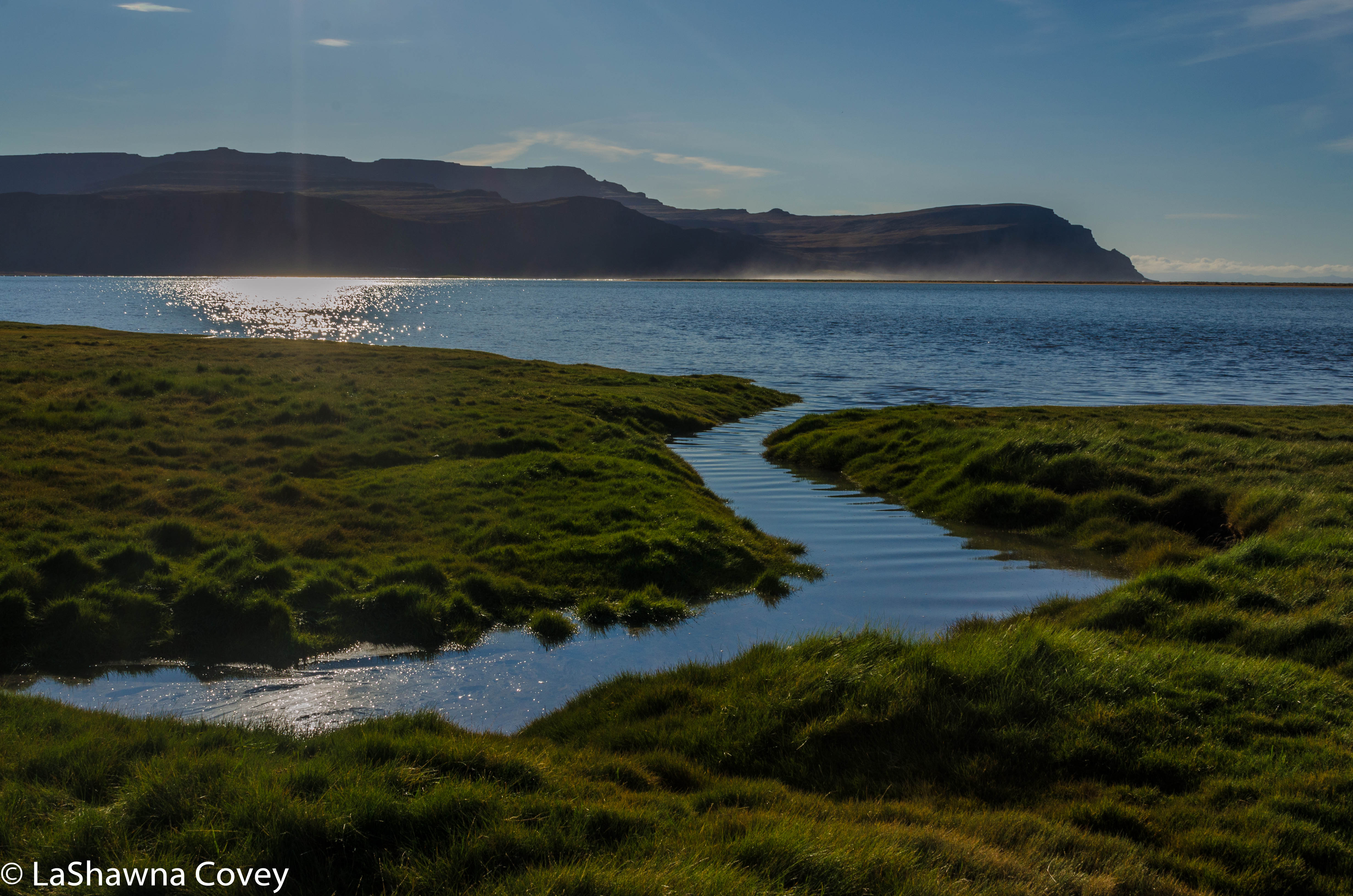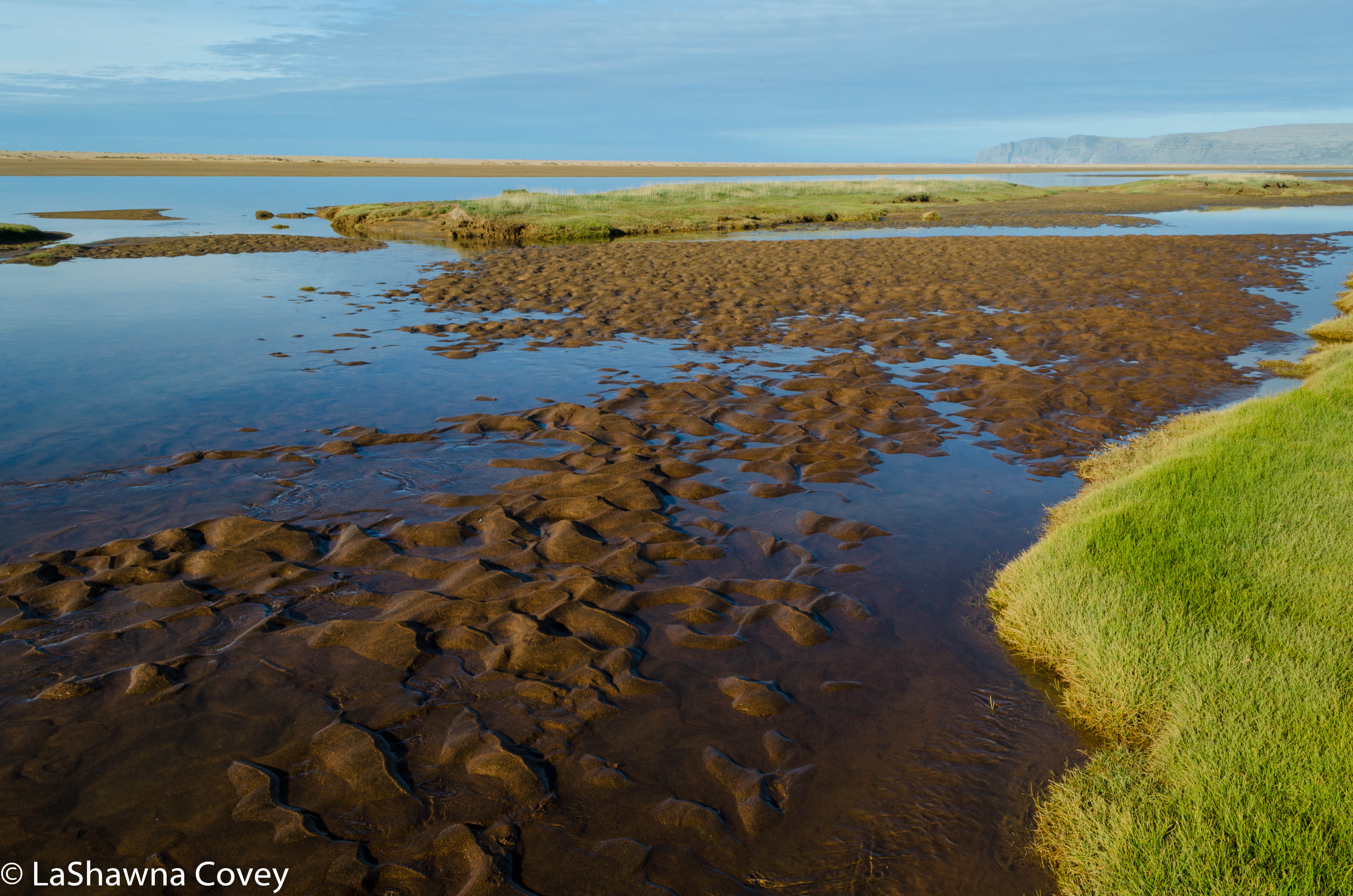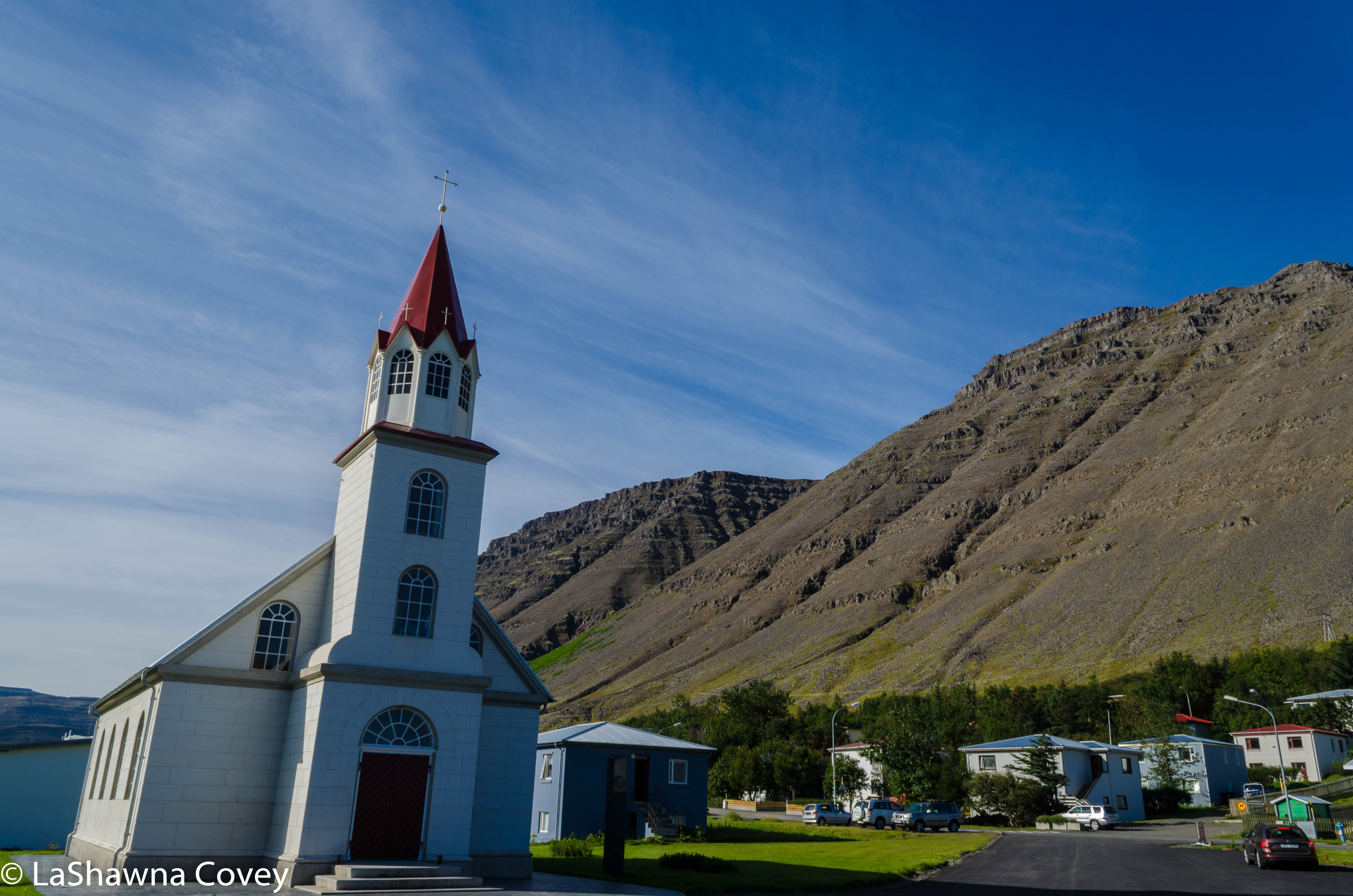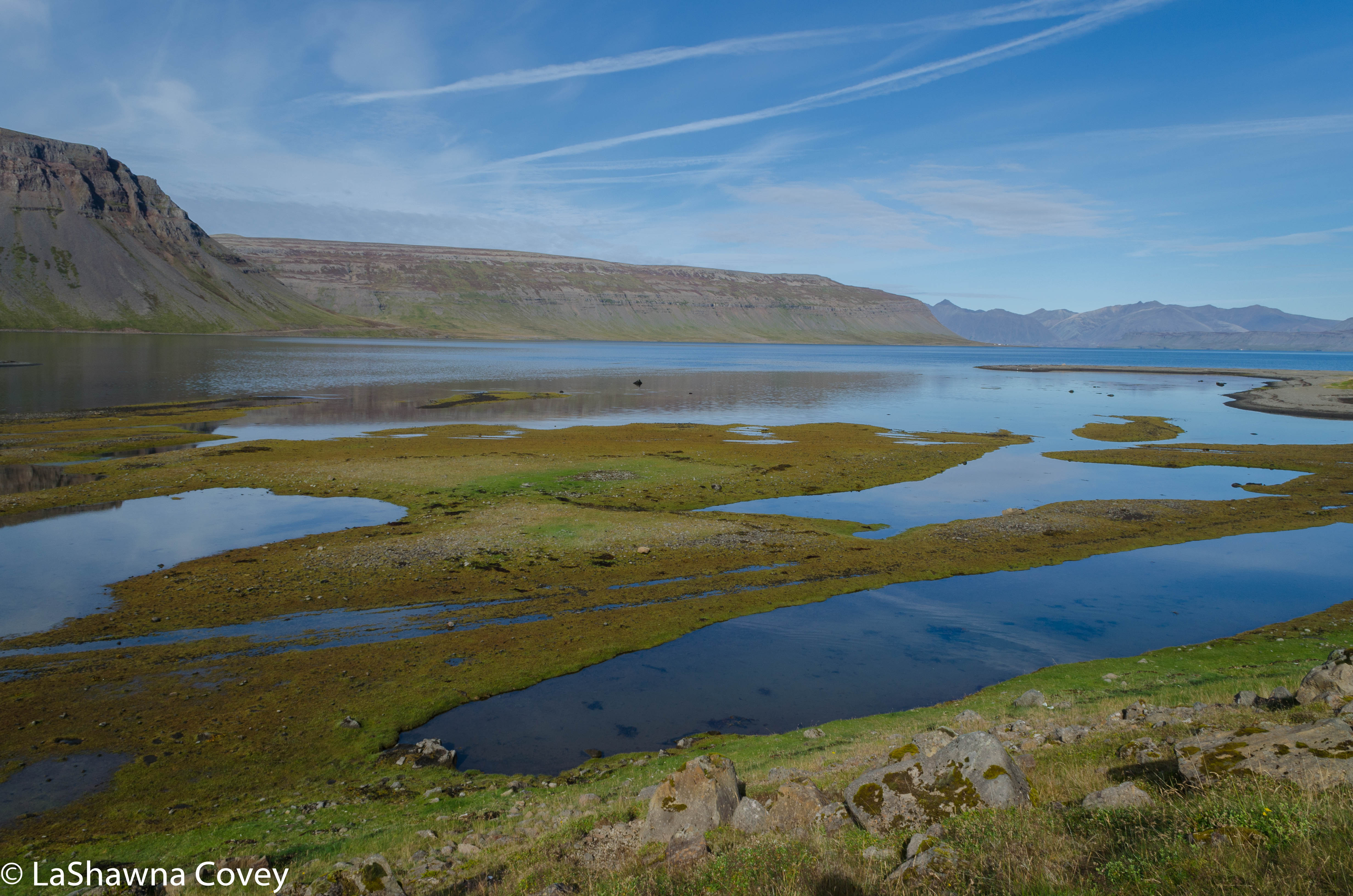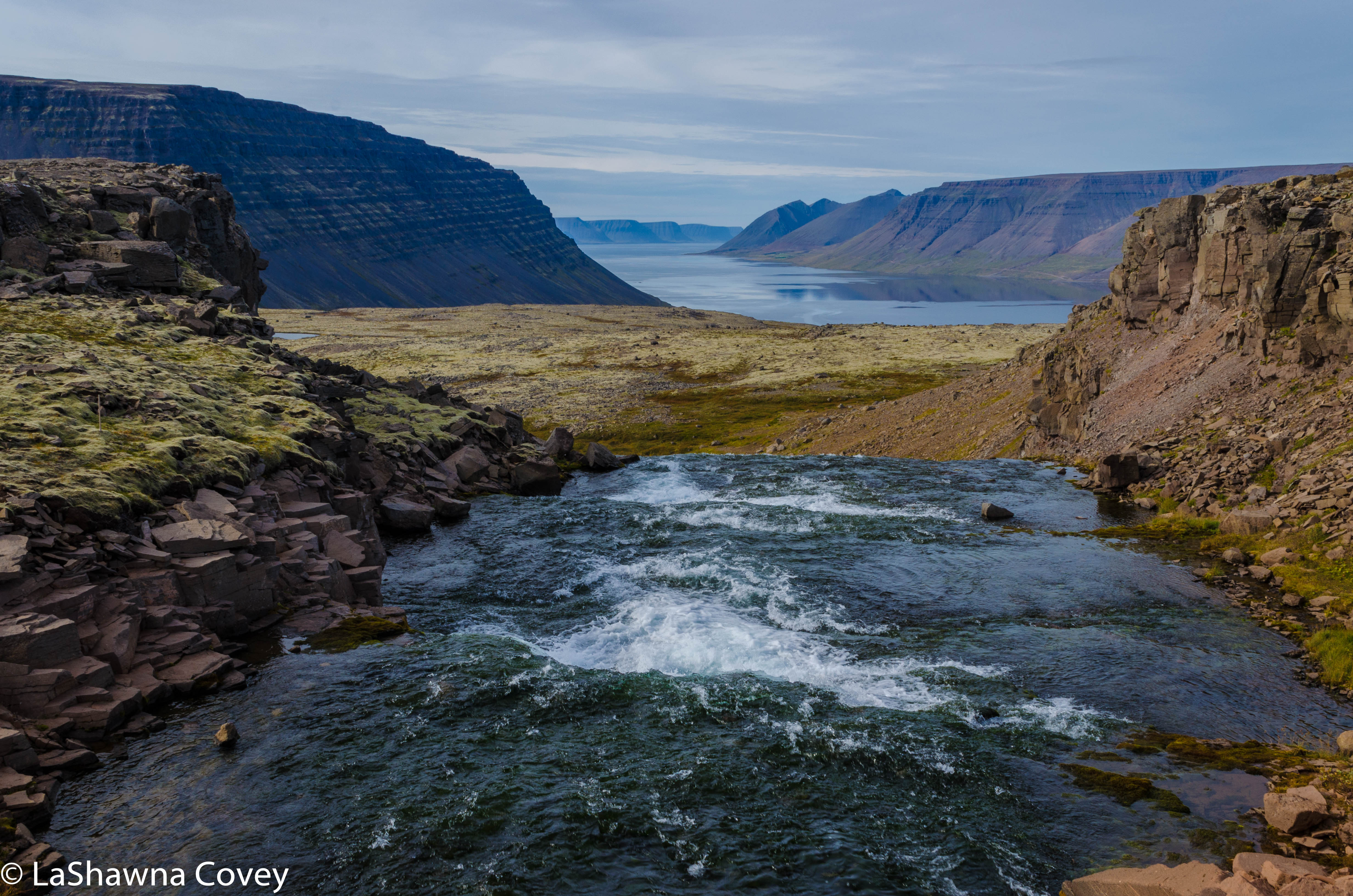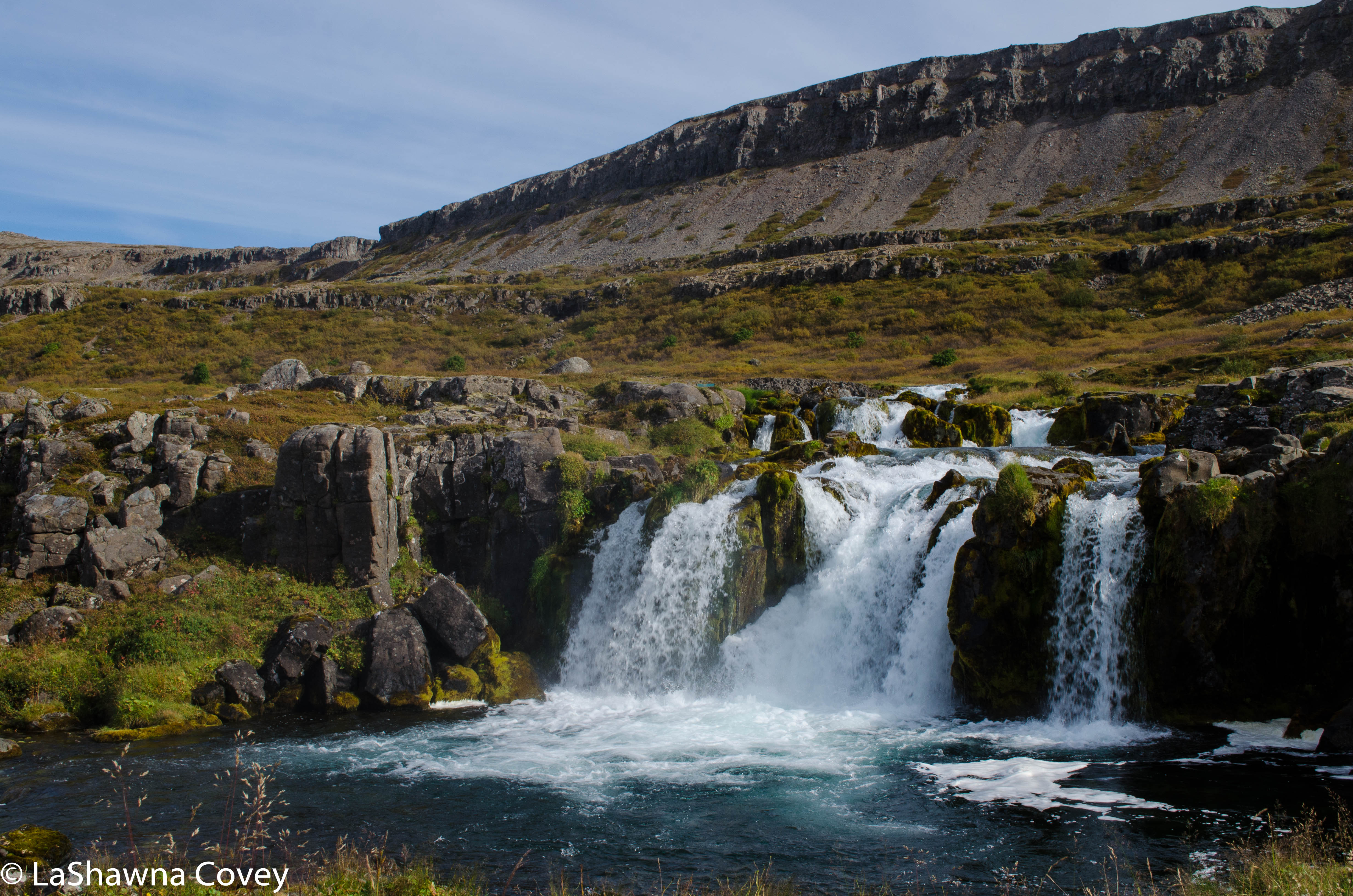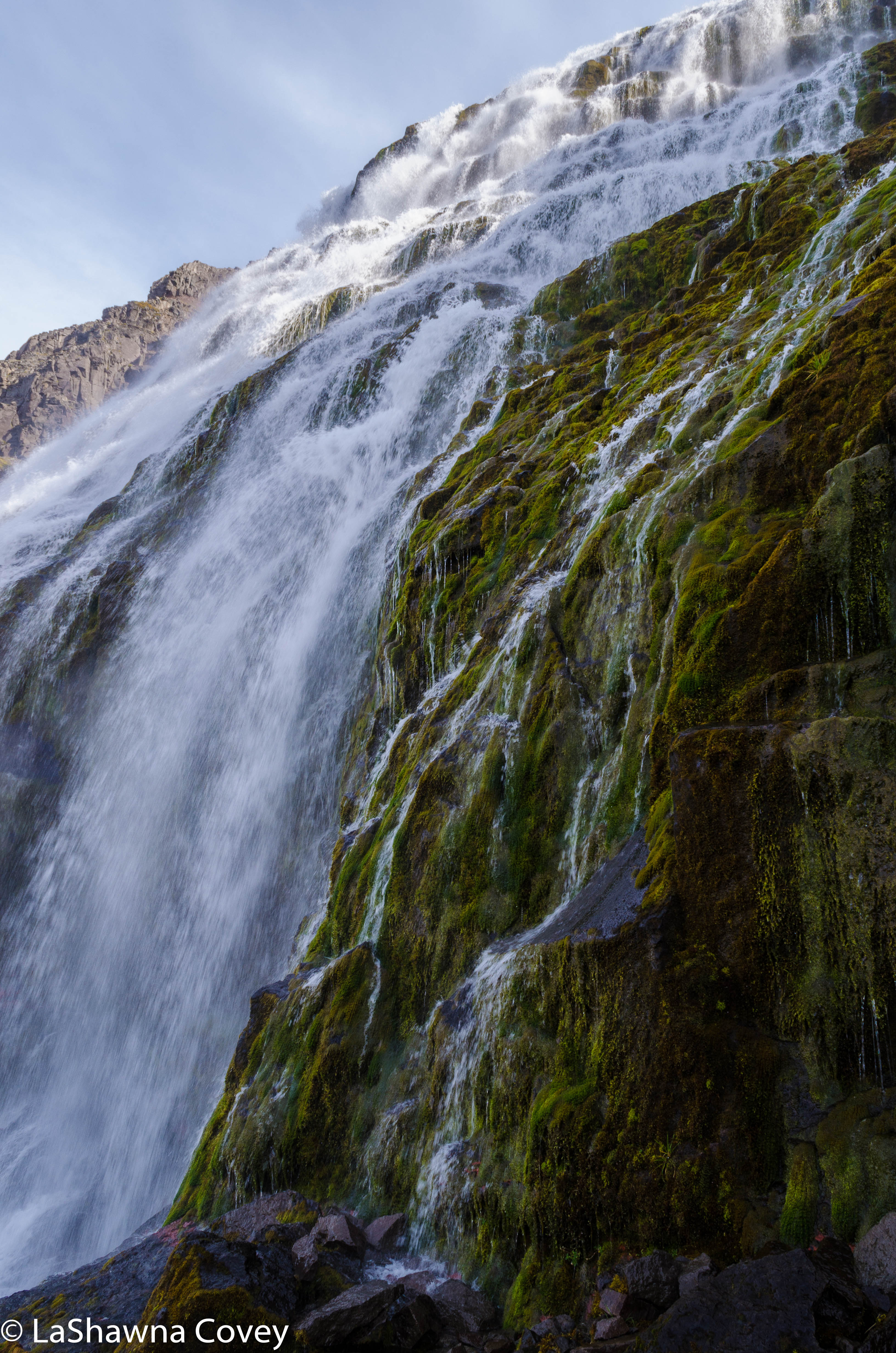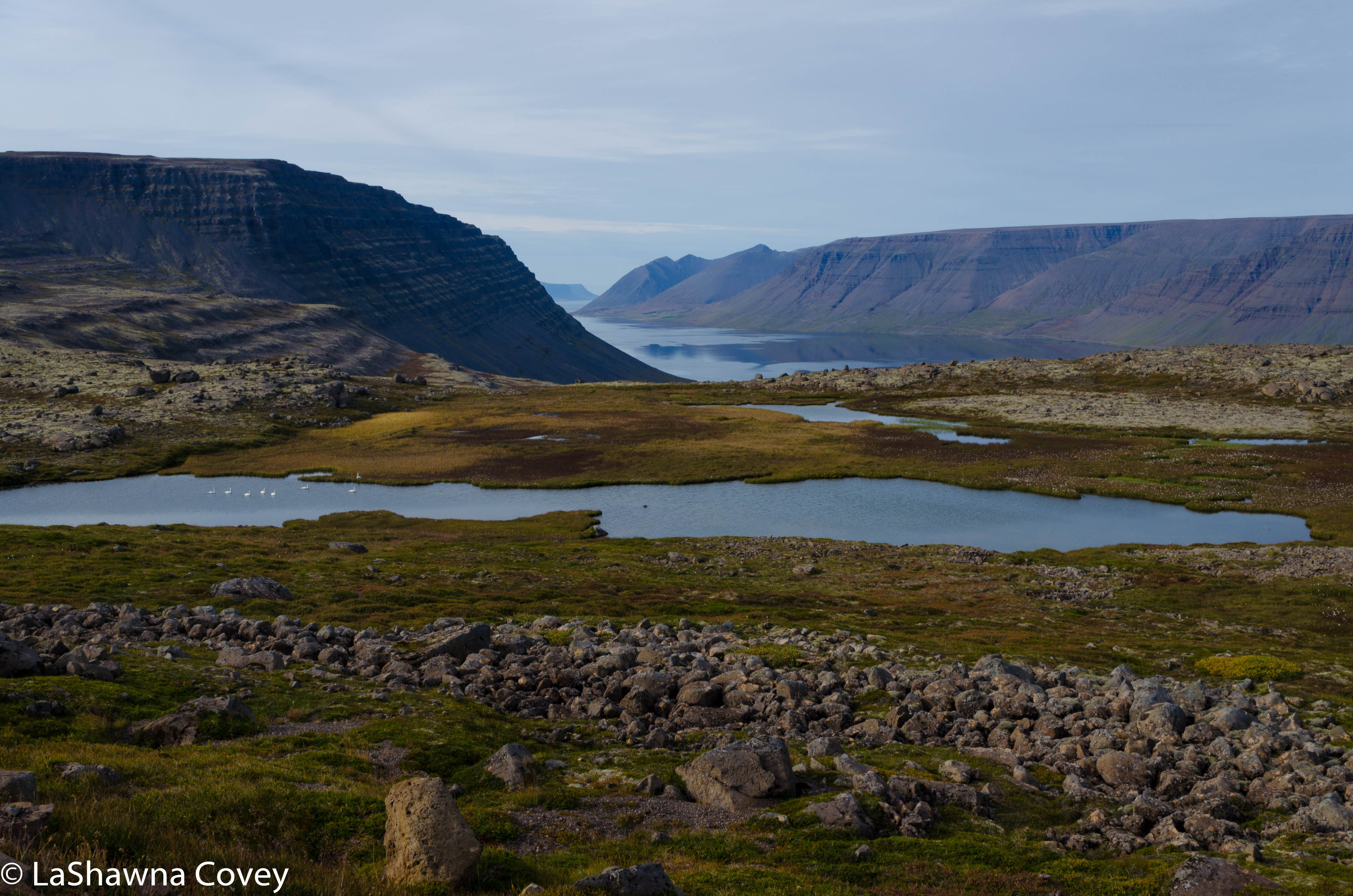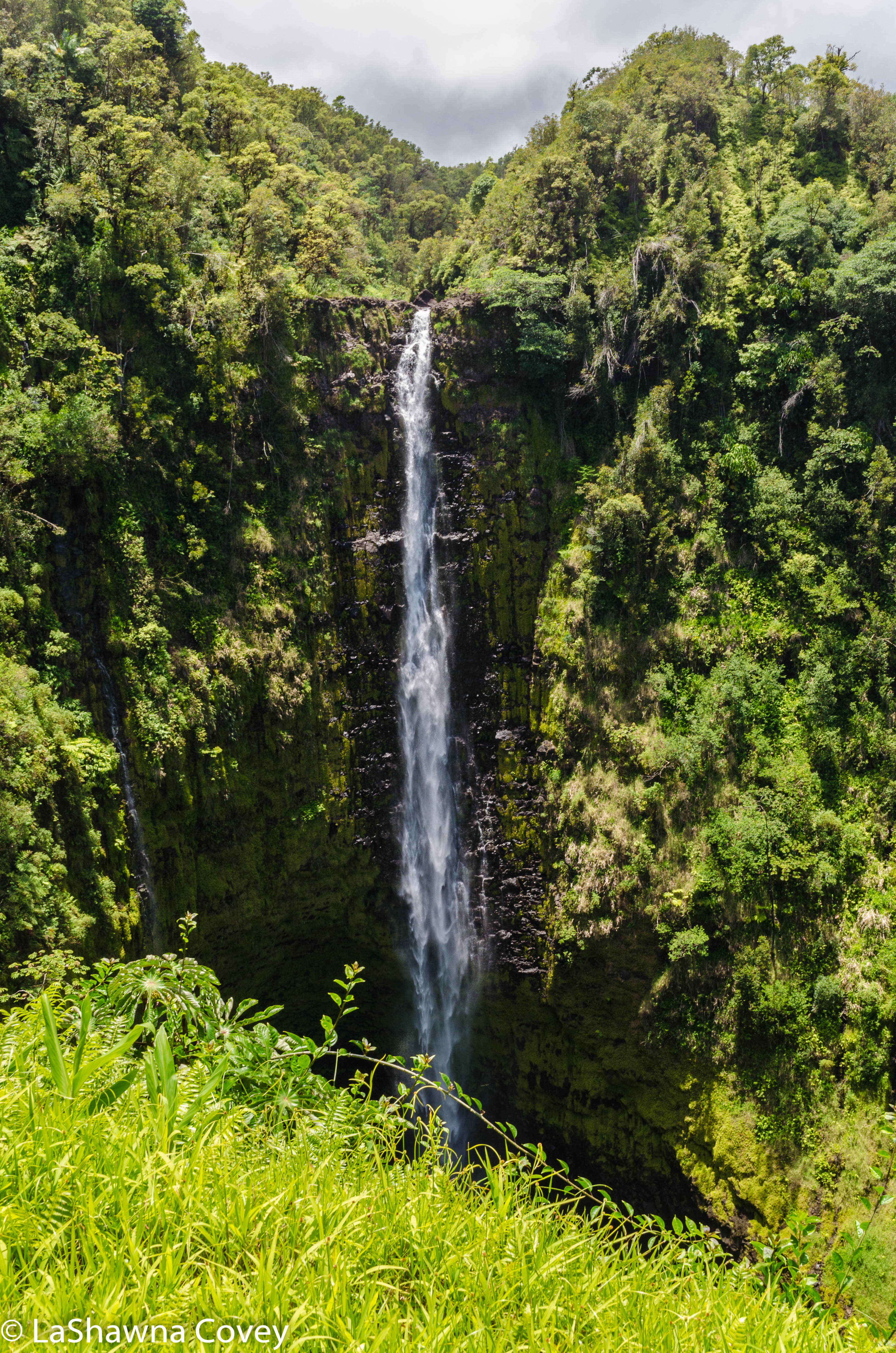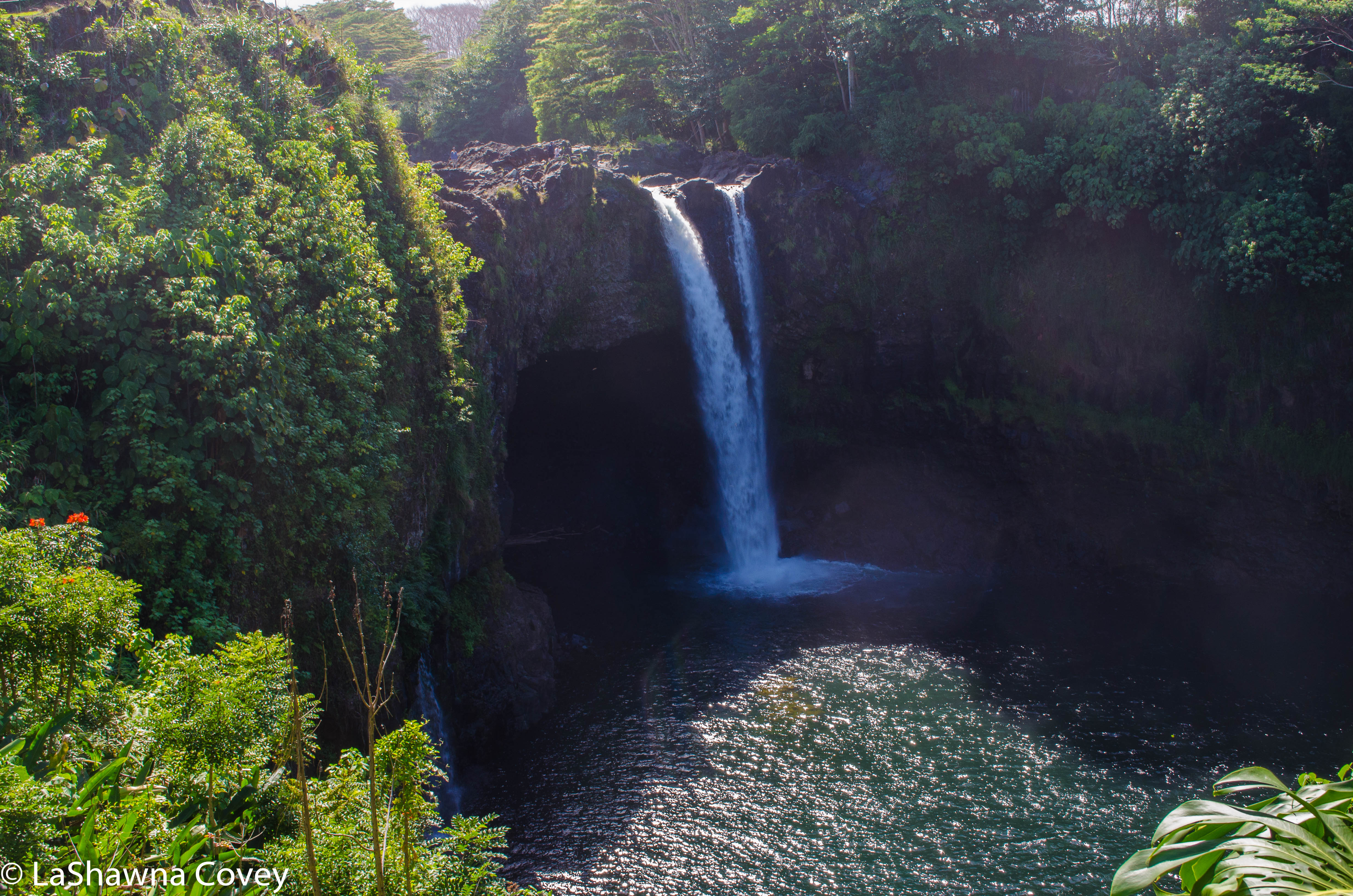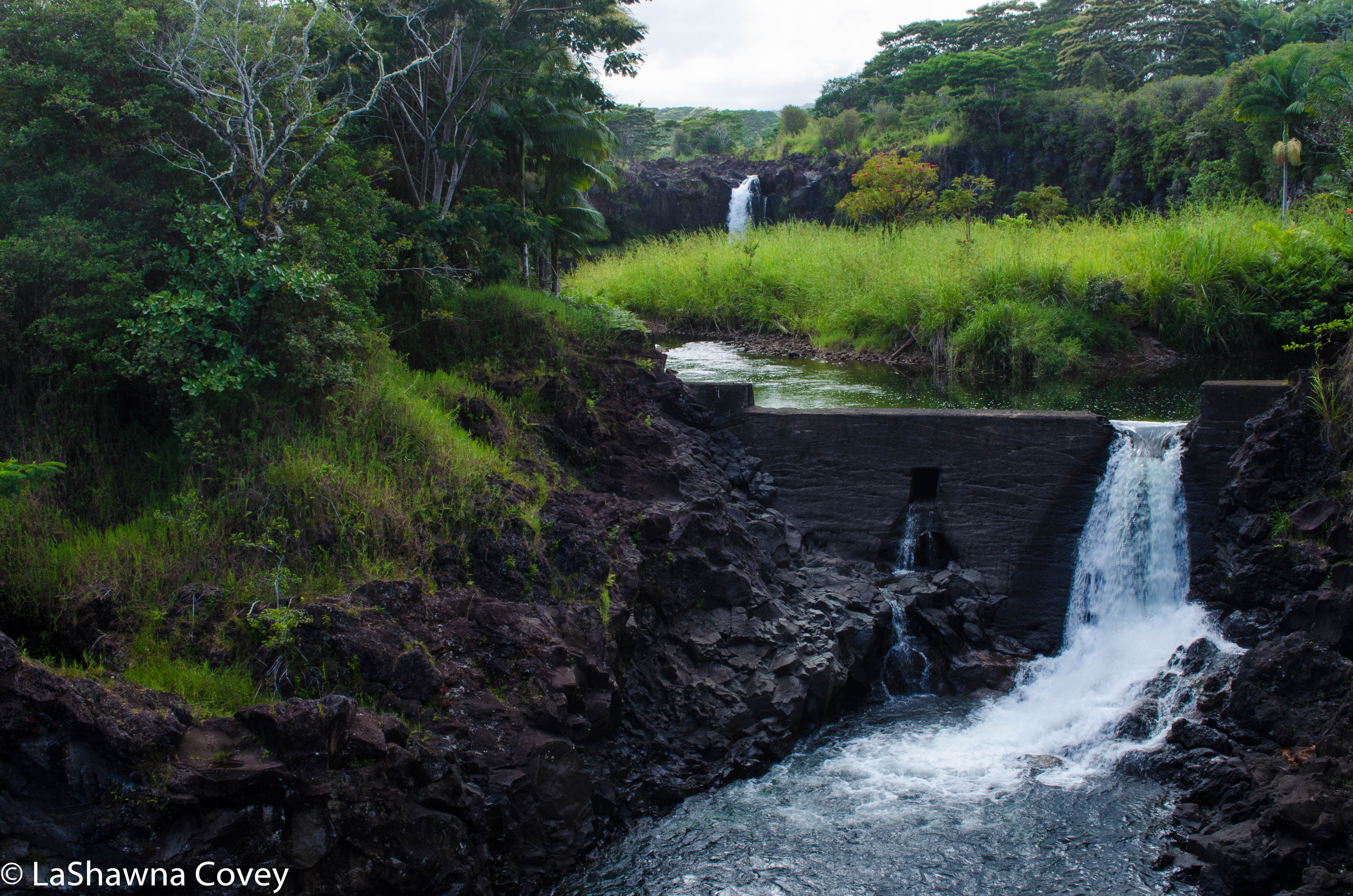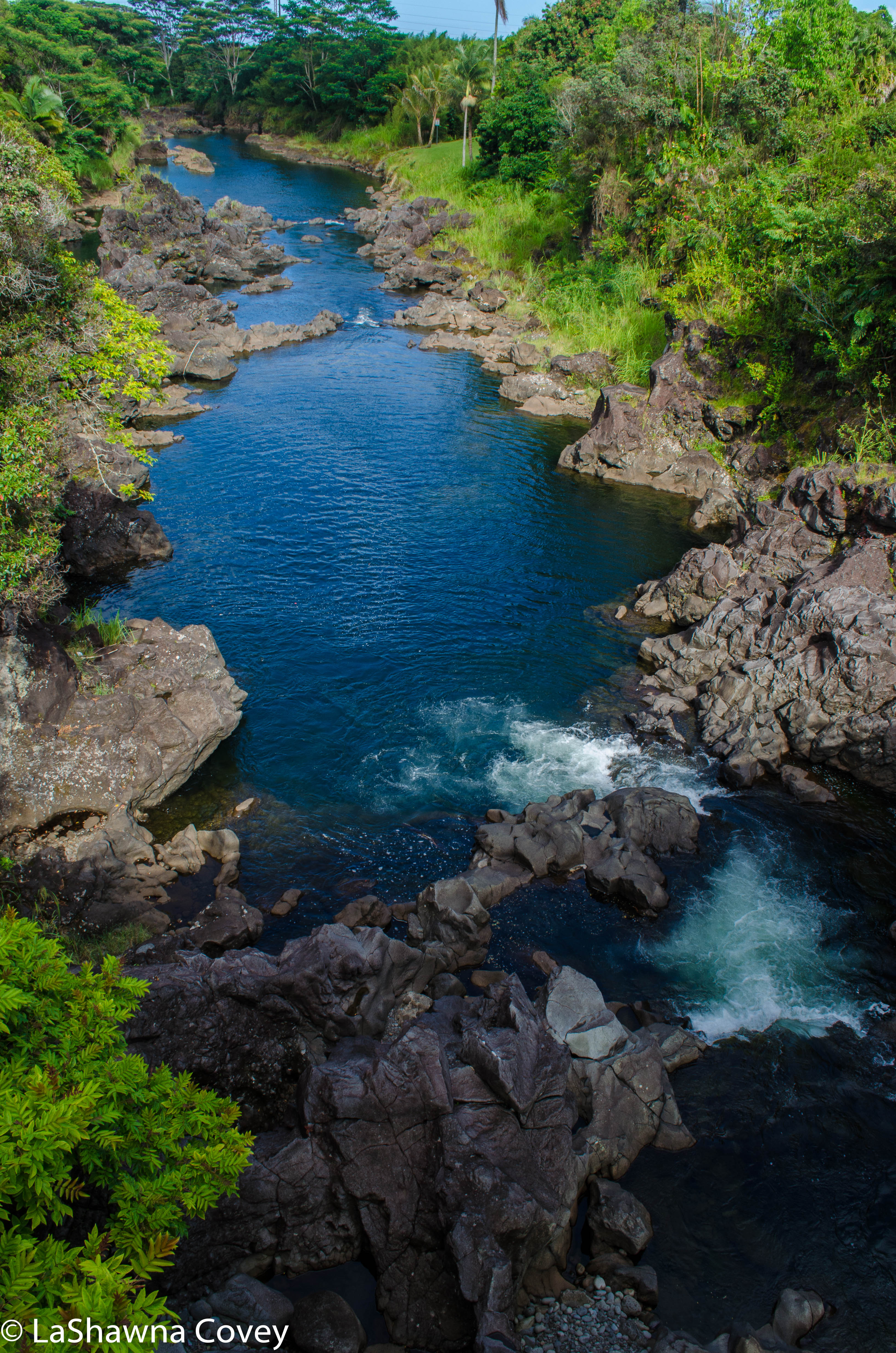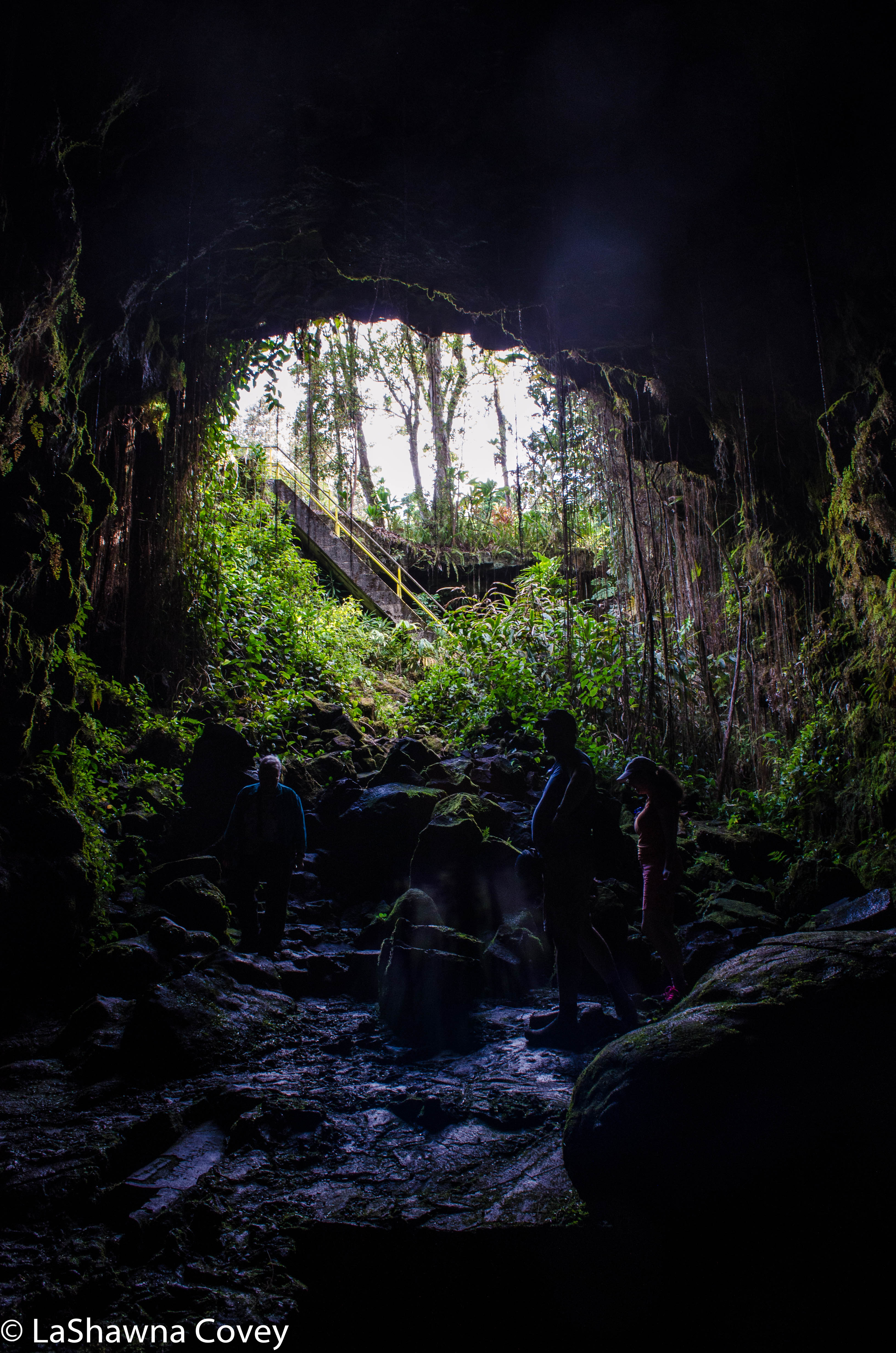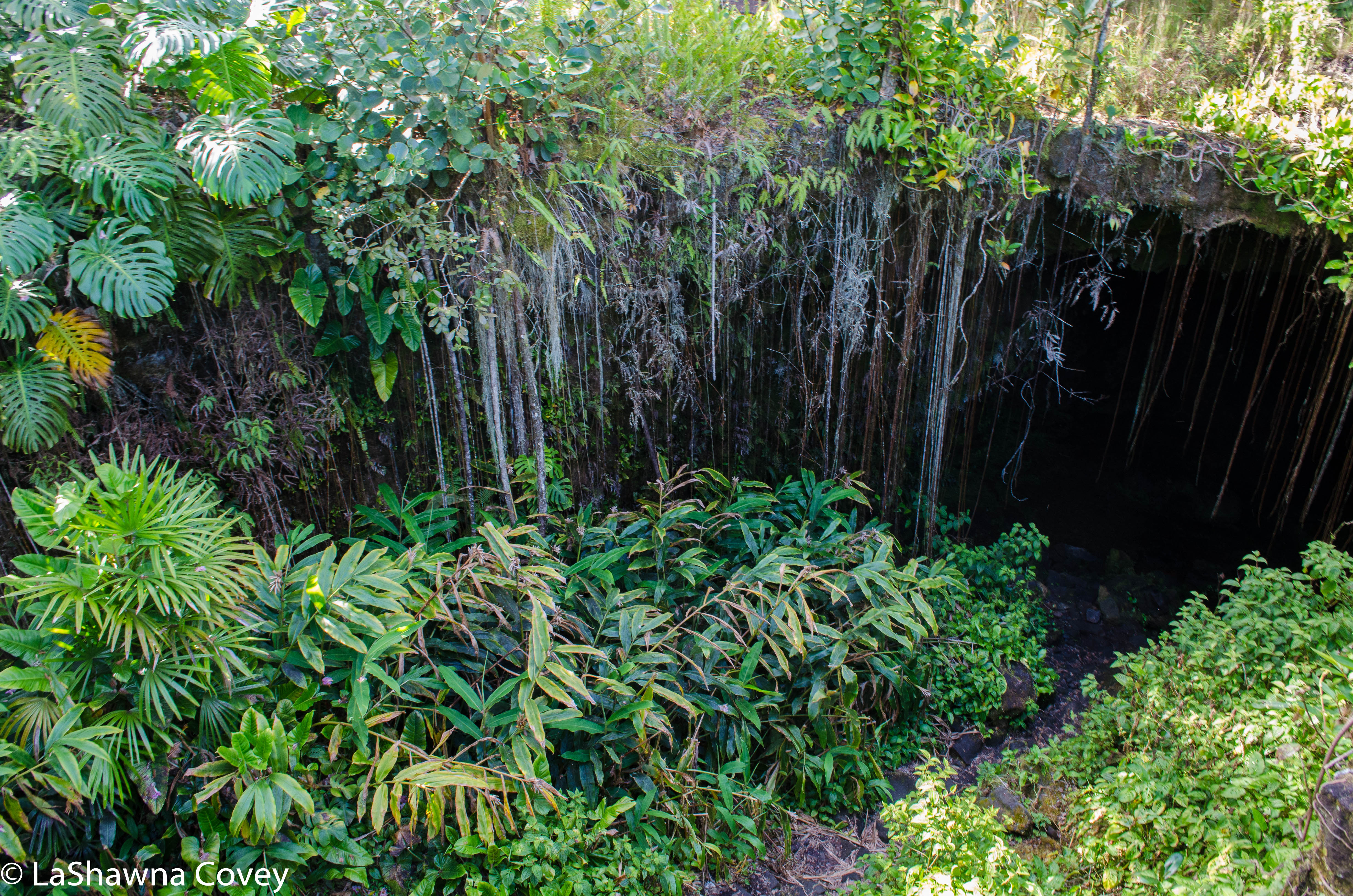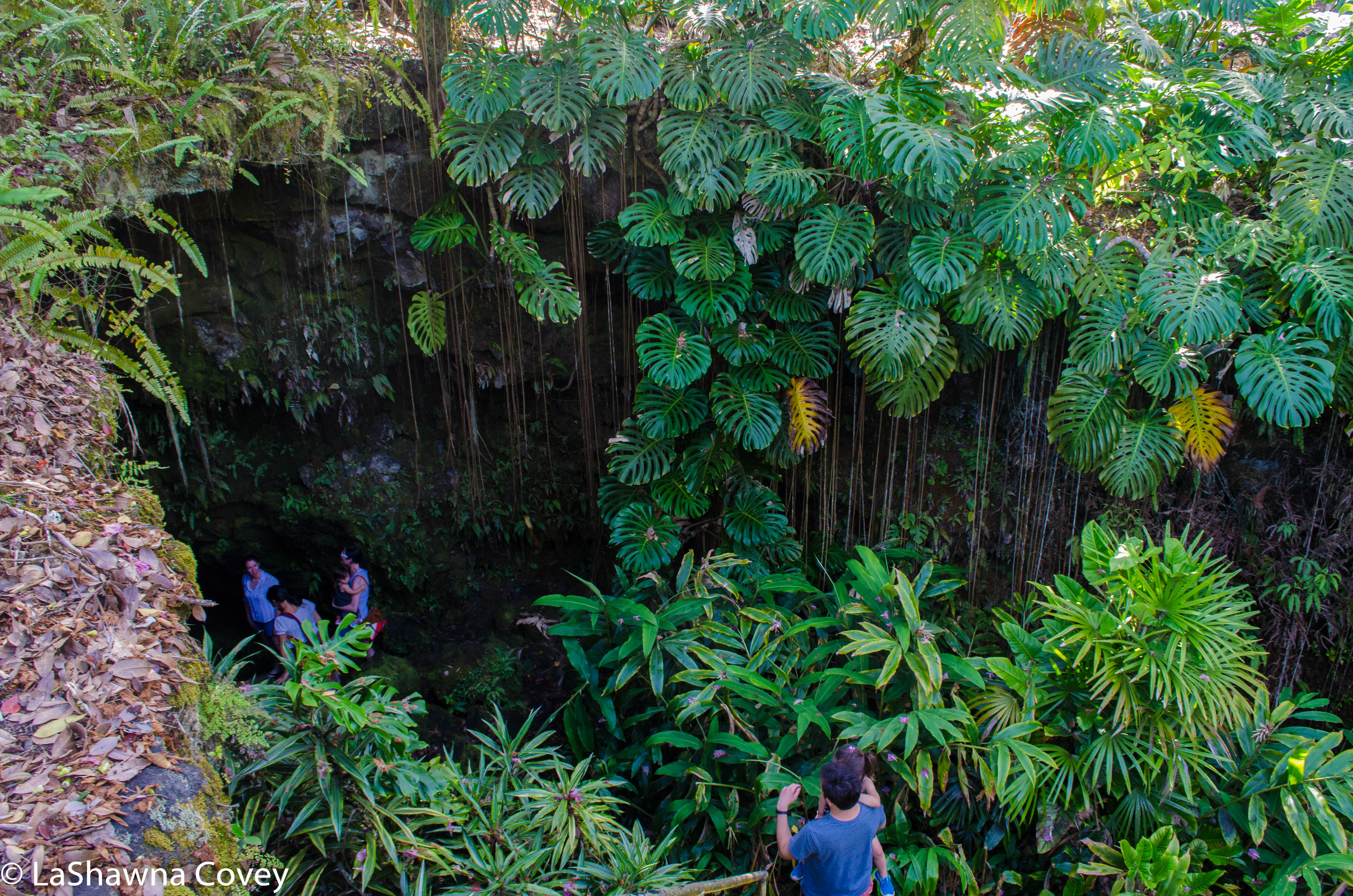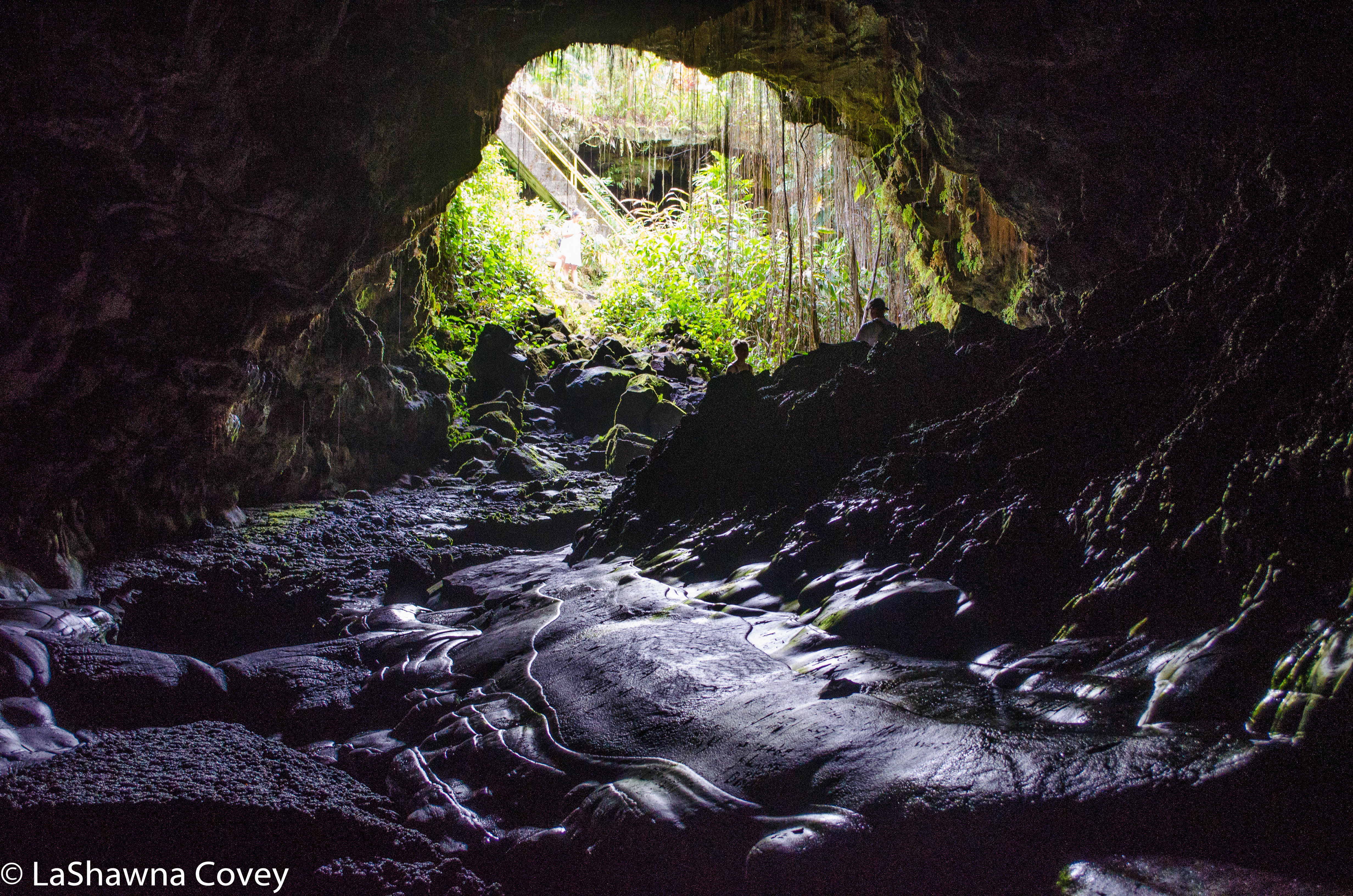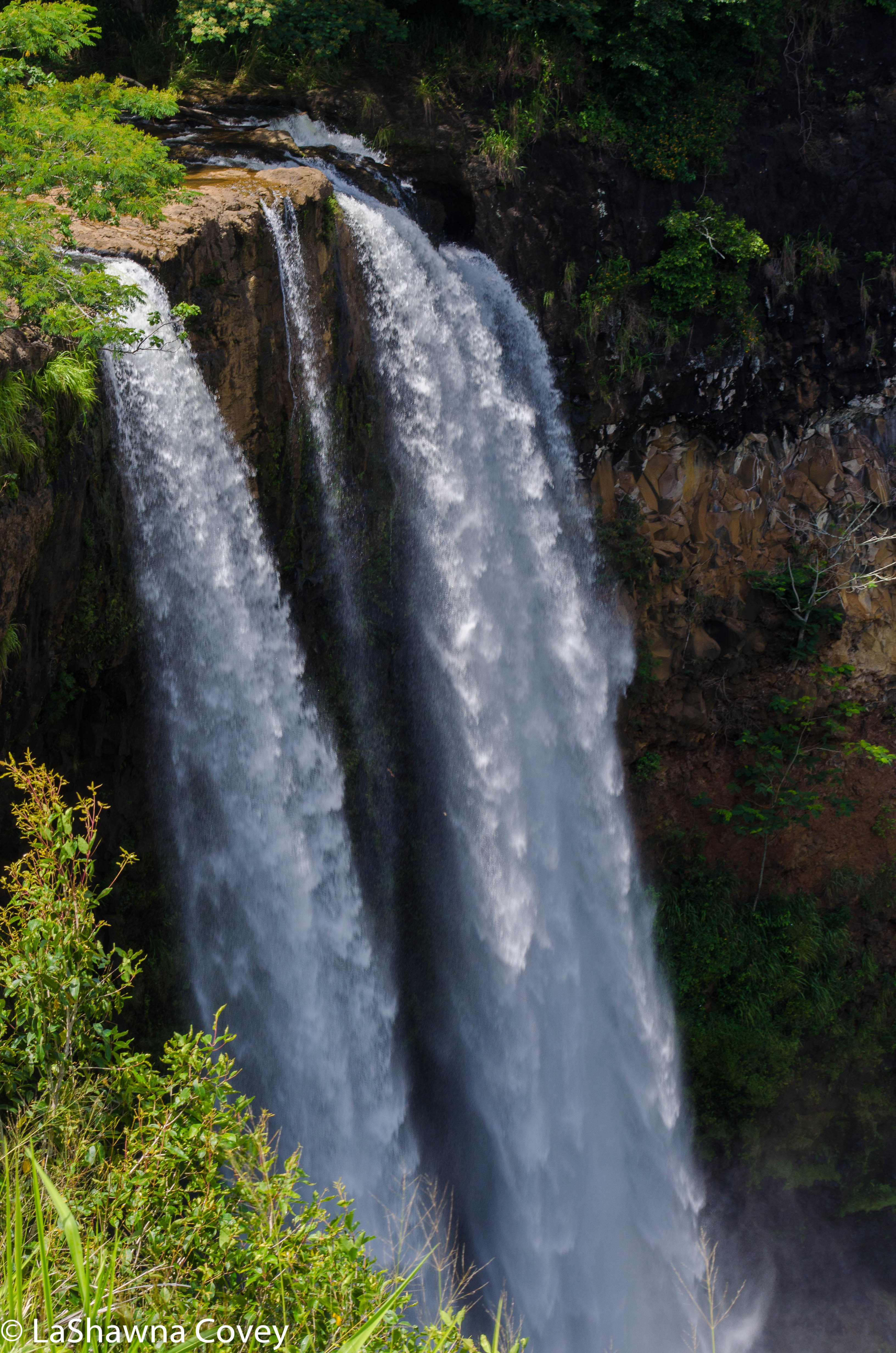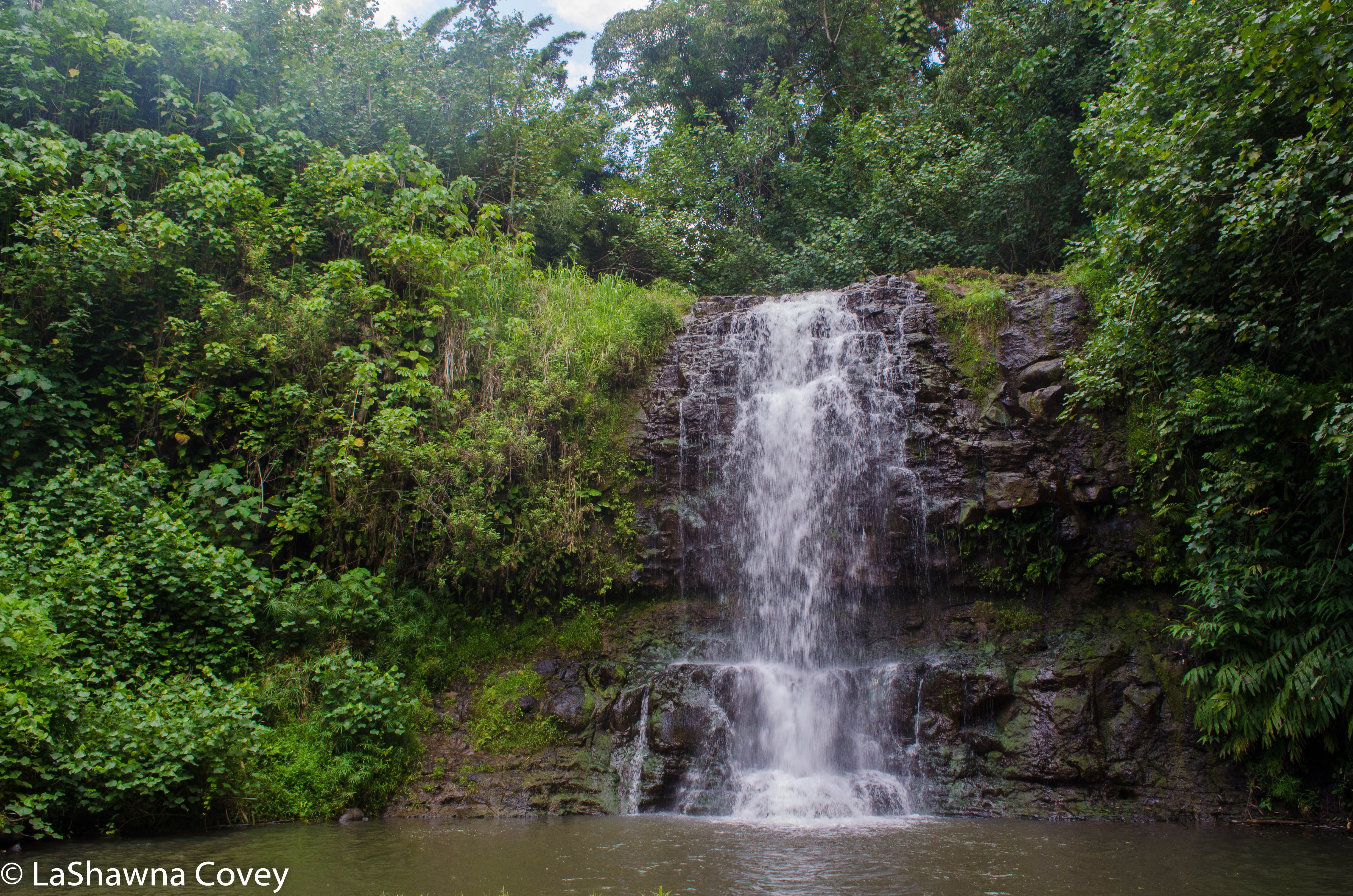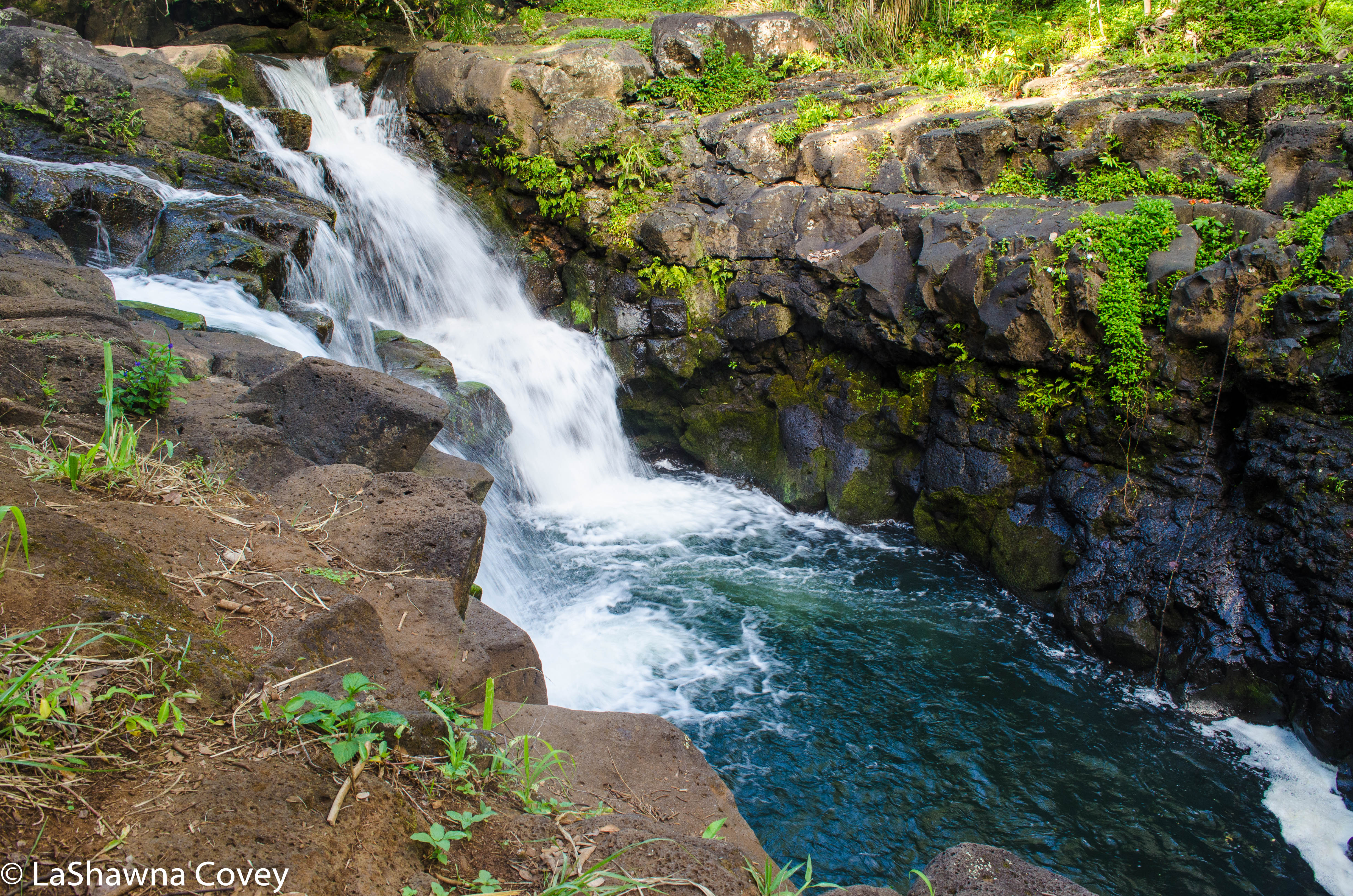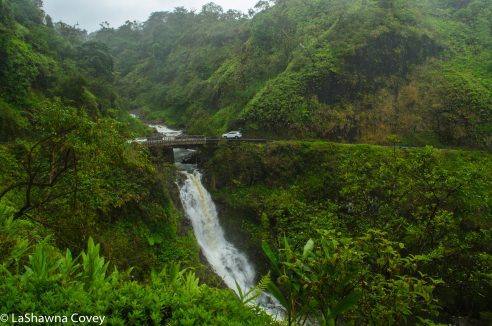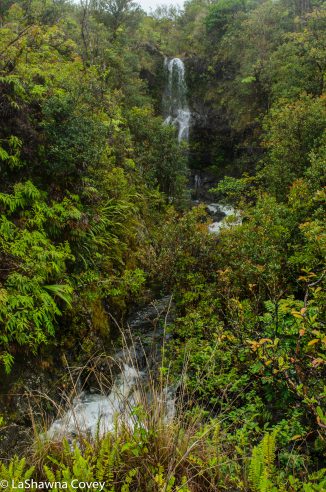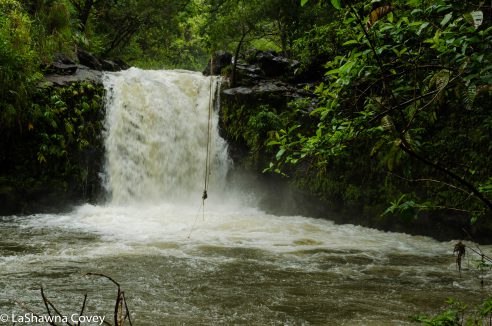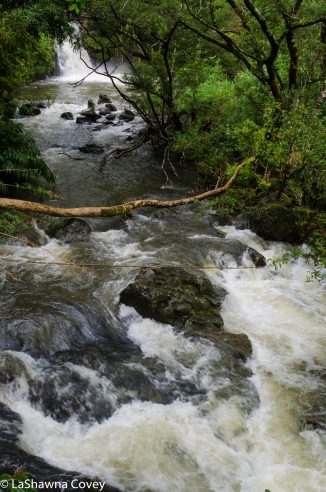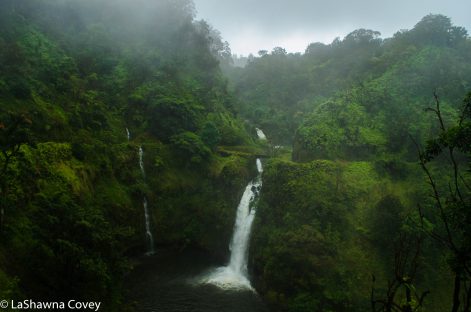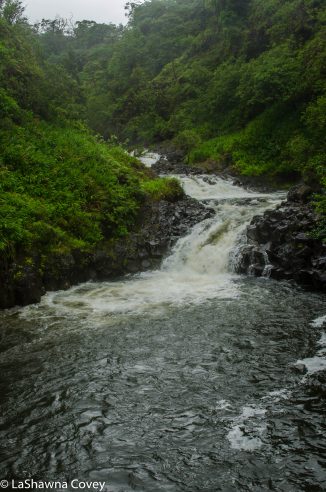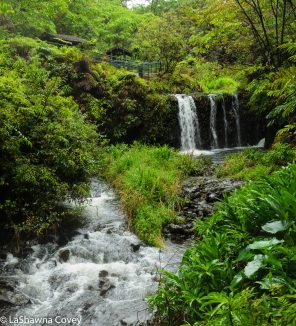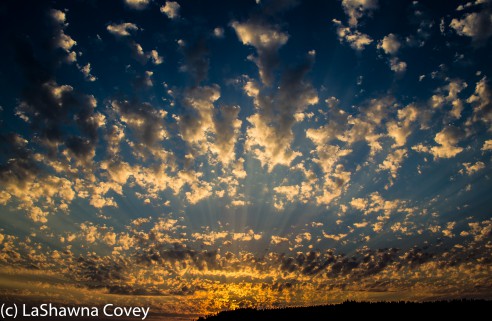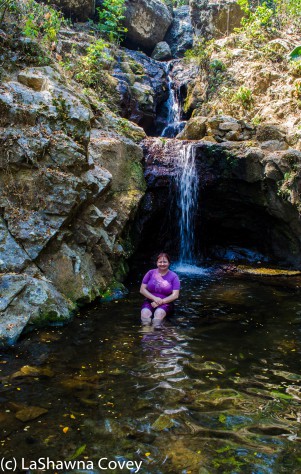
I was pleasantly surprised when I discovered the majority of Iguazu Falls was in Argentina, because when I first learned about the falls from the Brazil side. Of course, the travel completist in me wanted to see both sides. But when I was imagining going to Iguazu, I was under the assumption that Brazil and America still had a fairly restrictive reciprocal visa policy in place, where it cost a decent chunk of money to visit Brazil, and Americans have to get a visa in advance. So when I had to make my pivot to incorporating Iguazu into my Argentina vacation, I assumed I wouldn’t be able to readily visit Brazil, because I wouldn’t have enough time to secure a visa. However, when I was talking with someone I met on my cruise and he was saying he was going to visit Brazil after the cruise, I asked about the cost of the visa, and he said that policy had been rescinded and you didn’t need a visa beforehand to visit Brazil as an American.

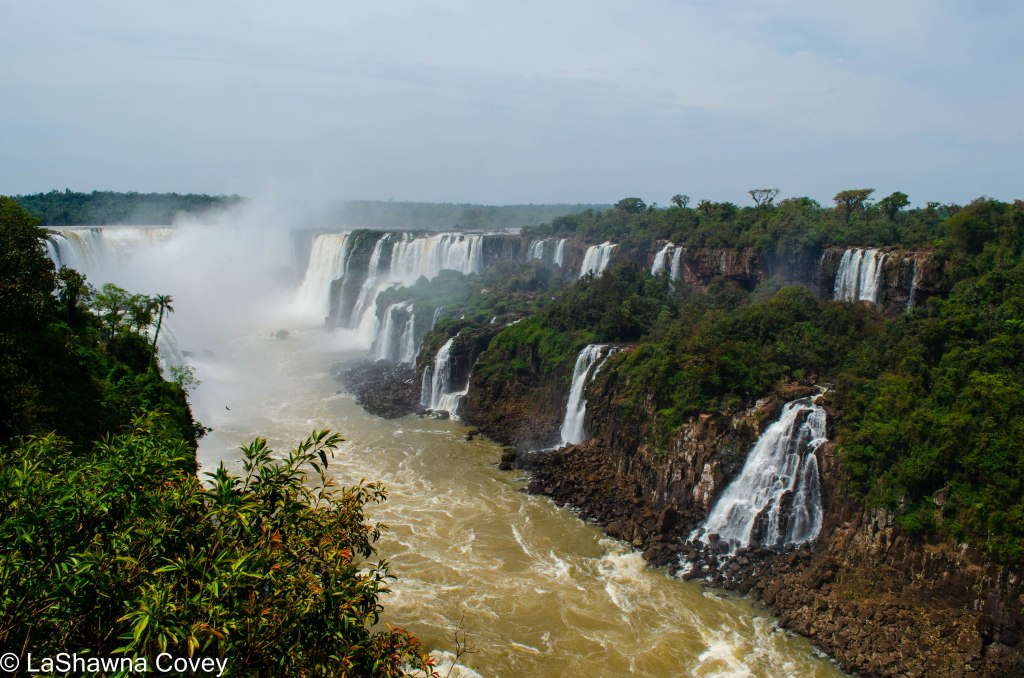
That opened up another whole day of possibility for my Iguazu excursion. It was easy to incorporate a day trip to Brazil on a guided tour to see those falls. Only about one third of Iguazu Falls are in Brazil, so I knew a trip there wouldn’t necessarily take all day. In fact from what I have seen, most of the day trips from Argentina to Brazil to see the falls are really only about a half day. Literally three countries converge at the meeting point of the Iguazu and Parana rivers, so Brazil is just across the bridge. Because we aren’t locals, we did need to clear passport control when entering Brazil to get our passports stamped, but that process only took about 20 minutes of waiting while our guide got them all done at once. That was actually a relief, because when I was talking to a woman the day prior on the Argentina guided tour, she had gone to Brazil the day prior on a guided tour, and it took her group 90 minutes of waiting to get their passports stamped.
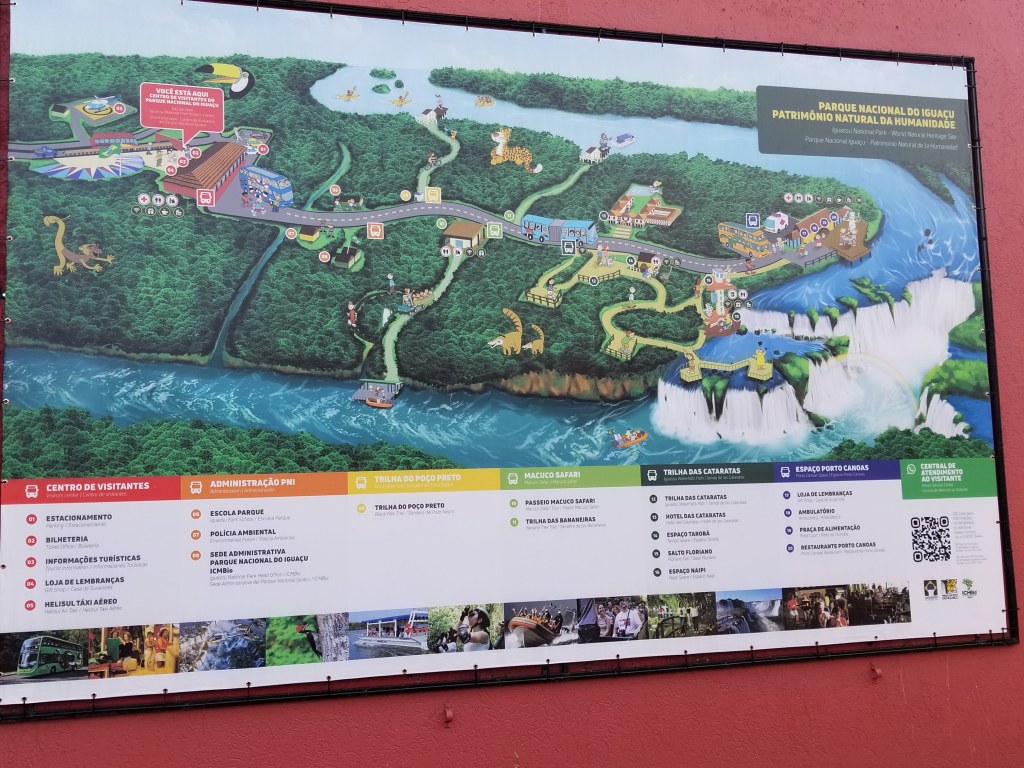
So we were off and running a lot sooner than I feared, and the entrance to the park isn’t far from the border. As usual, you have to buy your own entry ticket (unless the ticket is included in the price of your excursion, which in my case, it wasn’t). Luckily the line wasn’t long. We arrived not long after the park opened, and again, this wasn’t peak tourist season for falls visiting.

After that, you get on a park bus that will stop at a variety of places. Brazil has a complementary river adventure to the falls like Argentina, and there is a trail you can access the pier. But the majority of people will get off at the bus stop across from the large pink Hotel Belmond Das Cataratas. The vast majority of visitors will traverse the 1.5 kilometer paved trail that starts with a frontal view of Tres Masqueteros falls and moves up the river, culminating in a close up view of Garganta del Diablo. Like with my visit to the Argentine side, I kept having to stop and gawk at the view and take pictures. The water flow was high so that provided a lot of visual drama when observing the falls. The rock formations and trees around the falls added to the picturesque nature of the site. However, unlike my independent trip to the Argentine side, I was part of a group tour, and even though we didn’t have to stay together as a group, I was mindful of how long we had before we were expected to meet back up at the bus stop. Not wanting to lose time on seeing the grand finale of the walk, I tried not to stare too long in any one place.


The culmination of the walk is the boardwalk out so you are facing Garganta del Diablo head on. I honestly didn’t have a super clear view of that part (which is the most thunderous part of the falls), because the mist from the spray and the wind was so strong as to obscure the view. This is also the part where you can get pretty wet if you want to. If you don’t, it’s probably best not to go far out on the boardwalk (you’ll know when you are about to get wet). But if you do go out, you can either just get pleasantly drenched, or you can don a plastic raincoat (they are sold everywhere in the park) to stay somewhat dry. I originally pooh poohed the idea of a raincoat, because I didn’t mind getting wet. However, I really didn’t want to get my backpack and all its stuff wet, so thankfully one of the fellow tourists on my trip gave me their throwaway rain poncho when they were done using it.

The walk out on the boardwalk is very scenic, as this is the closest you are to the waterfalls on the Brazil side, and you are looking up at the falls flowing down in front of you. And yes, you can get super wet if you walk all the way out to the end. As much as I wanted to stay longer, the mist constantly blowing in my face was a bit distracting, so I walked back to a drier vantage point.
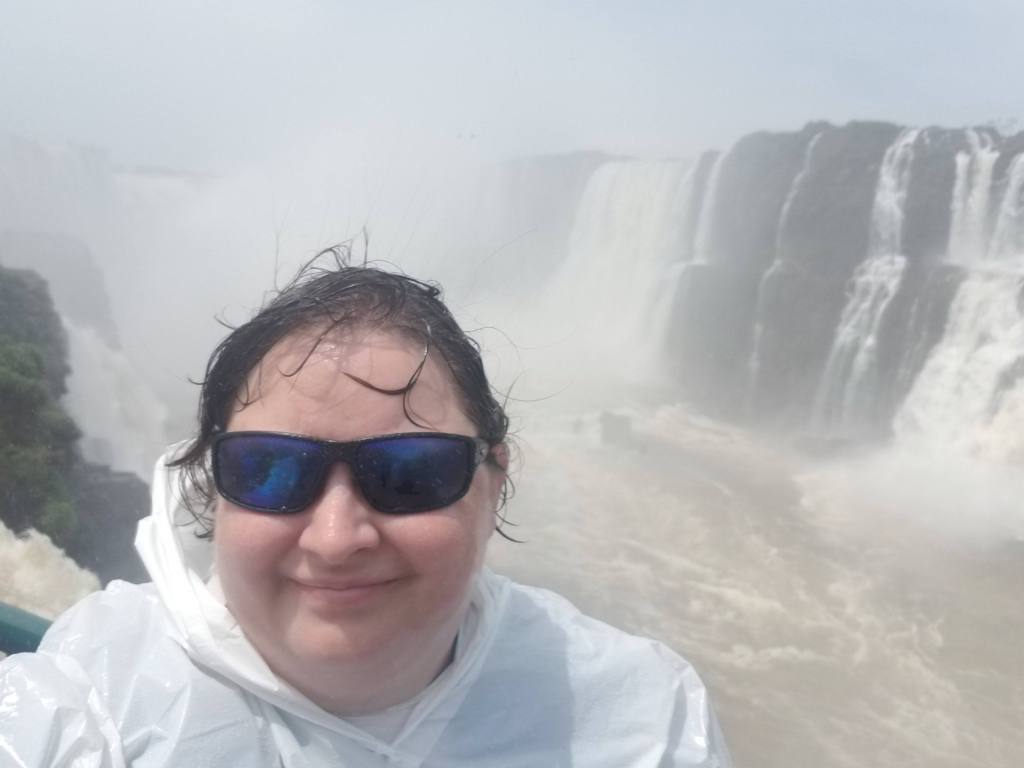
Once you have had your fill of this view, that is pretty much the end of the path. There is an elevator that goes up to the top where the bus stop is, or there is a paved path that will go up. Since the wait for the elevator was long, and I was running short on time, I elected to take the walking path, which wasn’t as steep as I feared, even though it is all uphill. Honestly, anyone of moderate level of fitness should have no problem with that. Whether you take the elevator or the path, you will end up in the same place, with an overlook at the far left part of the falls.

That is pretty much it for the visit to the Brazil side of Iguazu Falls. It made for a nice half day excursion. Even though we were on a timetable, I didn’t feel overly rushed or feel like I missed any view. There is a lot to take in, but there is enough time to do so.
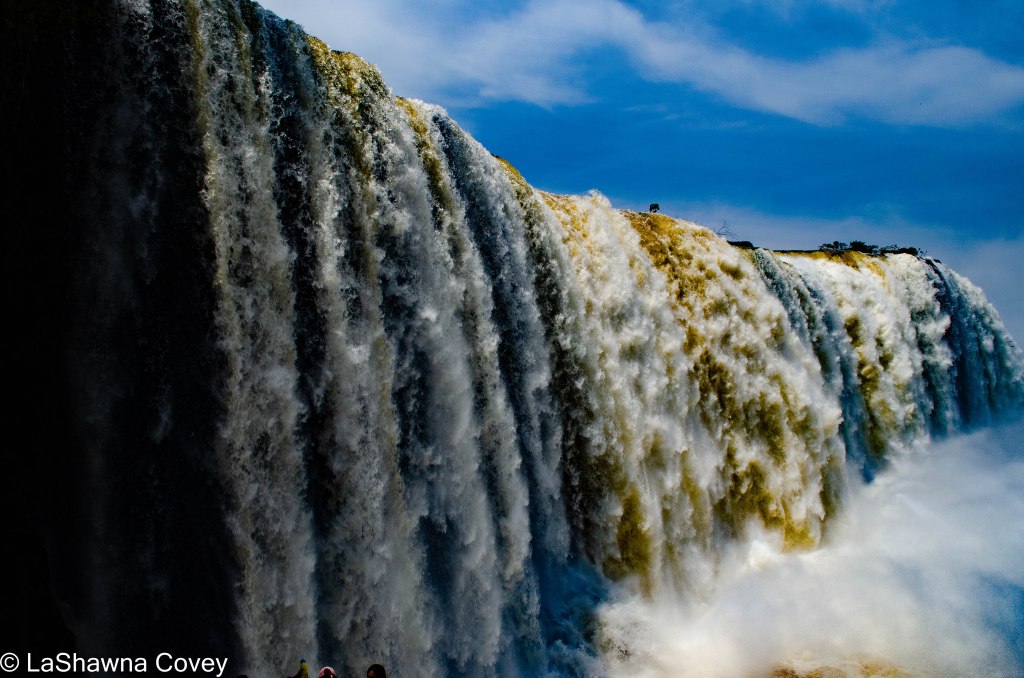
Visiting the Brazil side of Iguazu National Park is a rather different experience than visiting the Brazil side. In Argentina, the trails take you much more up close and personal with the falls, and much of the trail is just over the falls, so you can see them close up. Brazil is the place to see the falls from a distance and take in the wide panoramic view of the falls. It is a good companion piece to Argentina. From Argentina you see the falls and the rushing river from a more personal vantage point, but Brazil gives you the full breadth of the expanse of the falls, which are almost three kilometers wide. The visits are complementary, and I would recommend visiting both (on different days, otherwise you feel rushed trying to fit in both parks with a border crossing before the park closes at 1800). Of course if forced to choose only one, I would recommend Argentina, just because of the closer view of the falls. I was very pleased I had the opportunity to visit Iguazu, and take advantage of the change in my itinerary to do so. Even with the heat (I pretty much hate heat and humidity), the trip was a delight. Though keep in mind if you visit Argentina, the Iguazu area has a much more tropical rain forest climate, so pack accordingly, if you are going to other, rather different climates in Argentina, like Patagonia or Tierra del Fuego.


